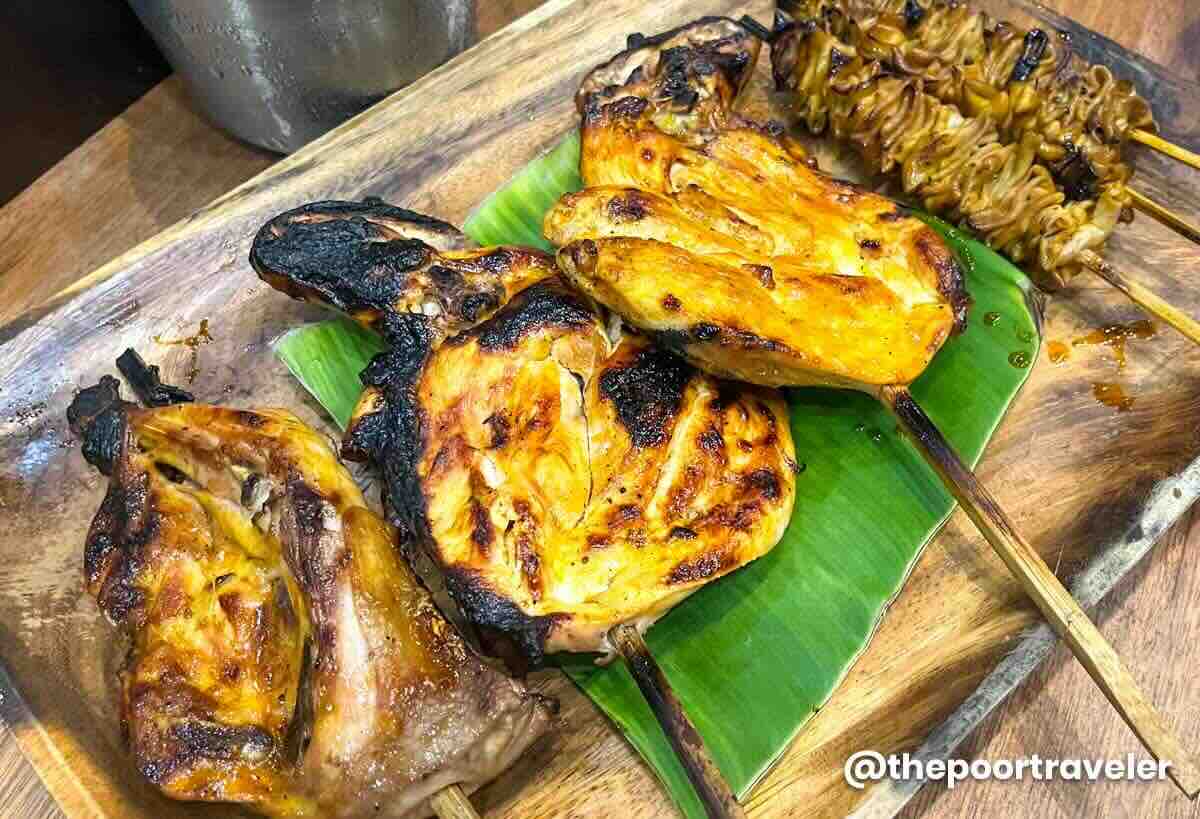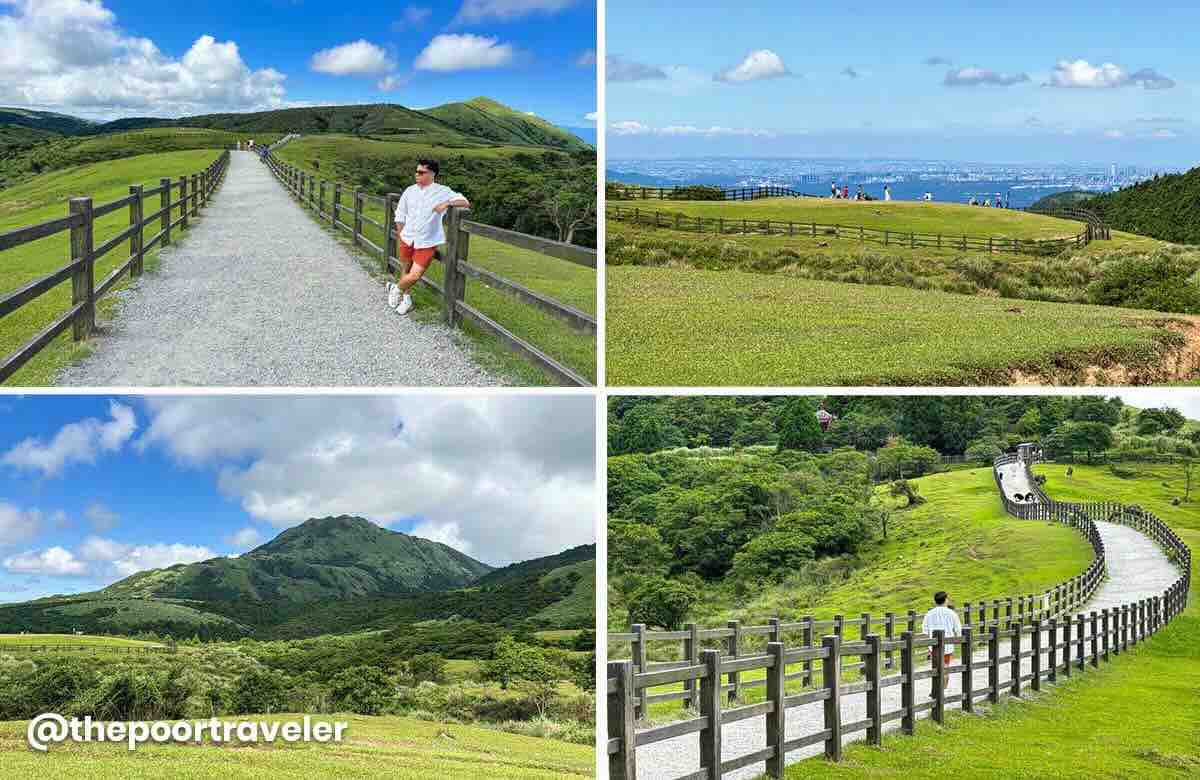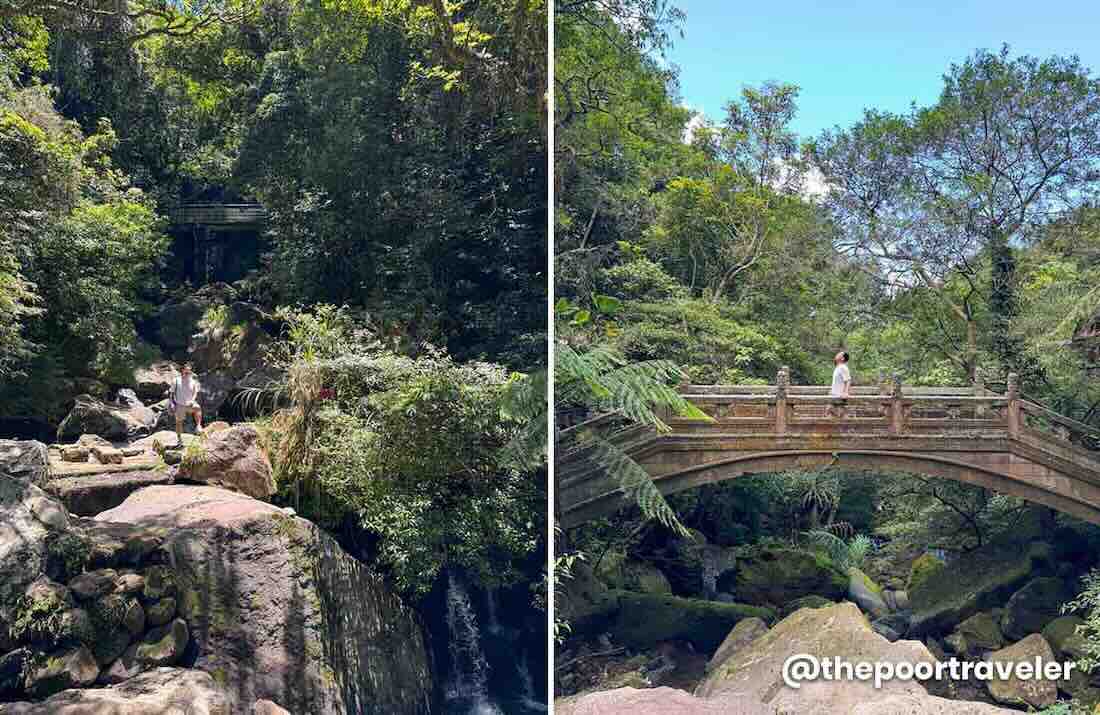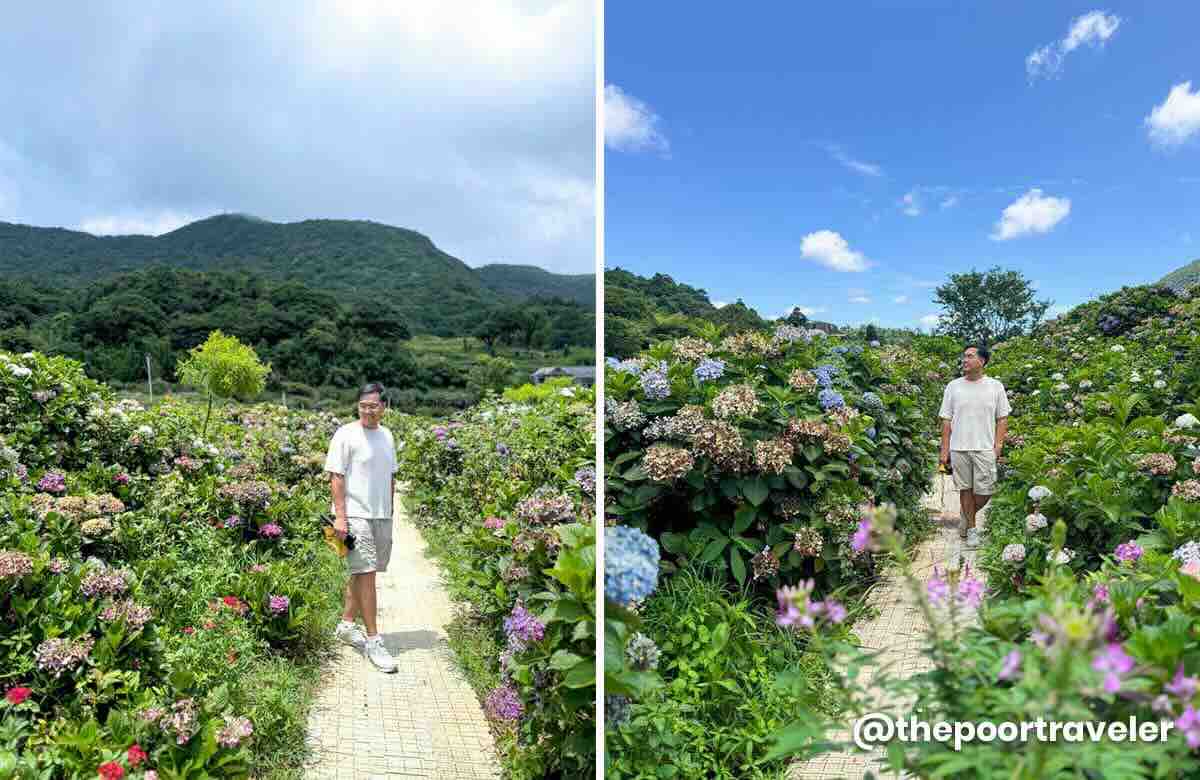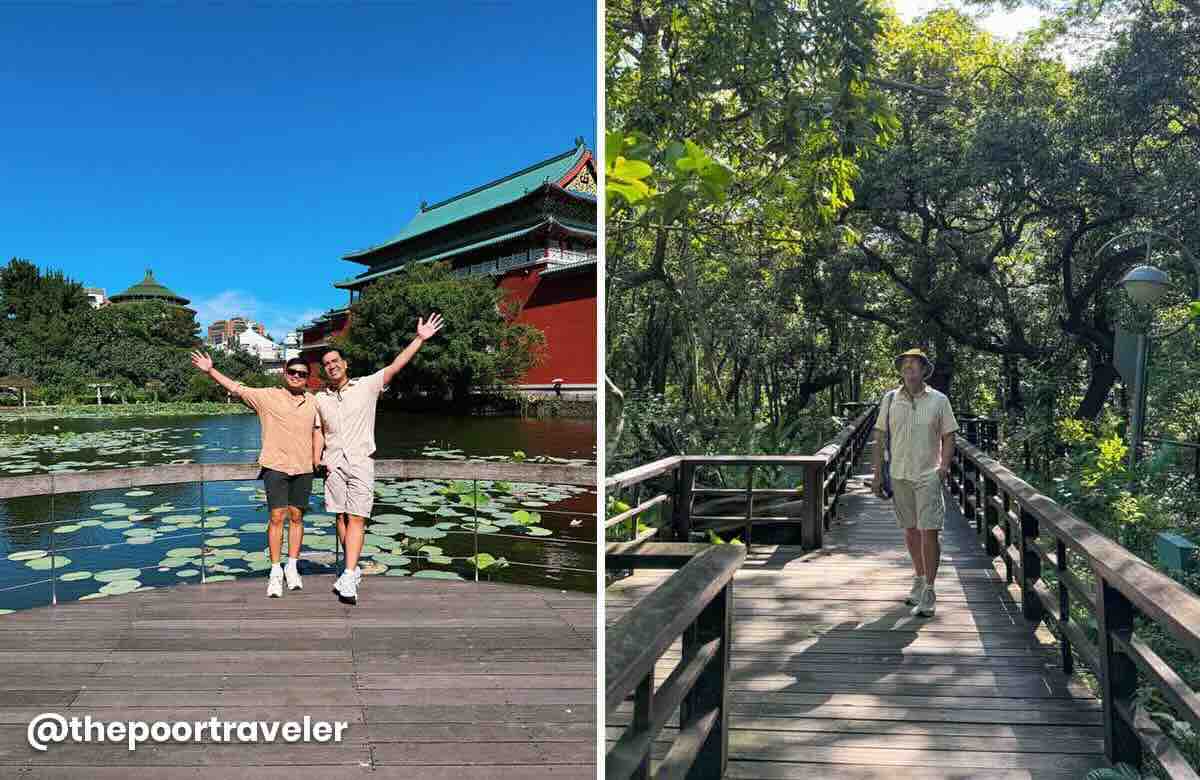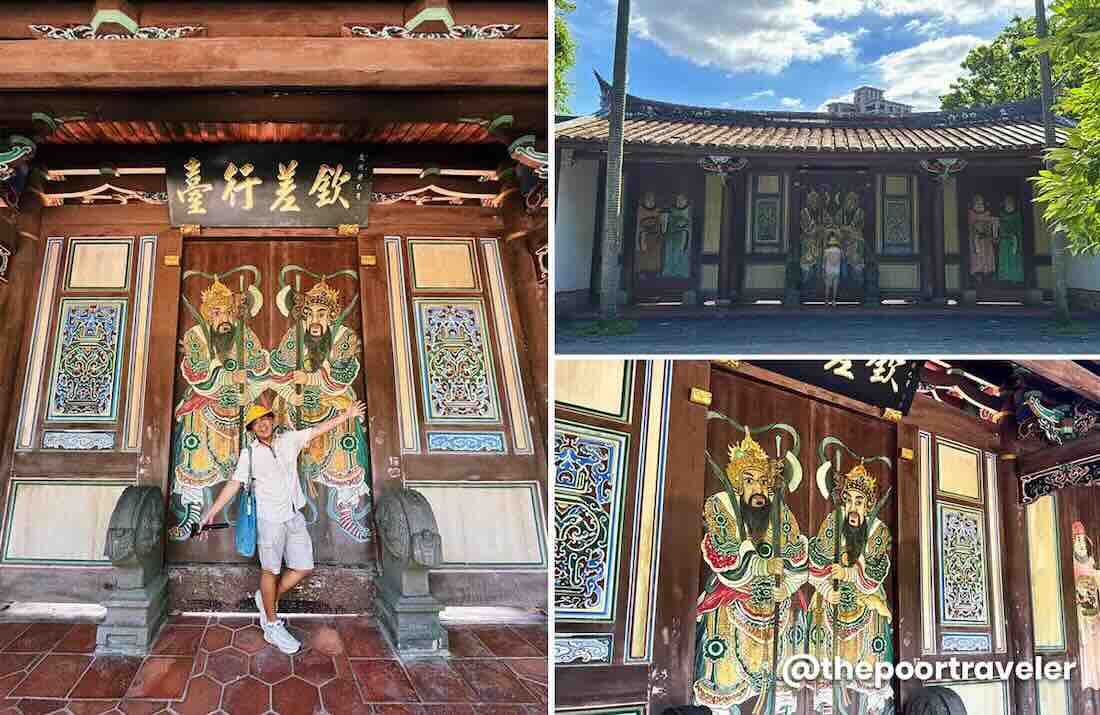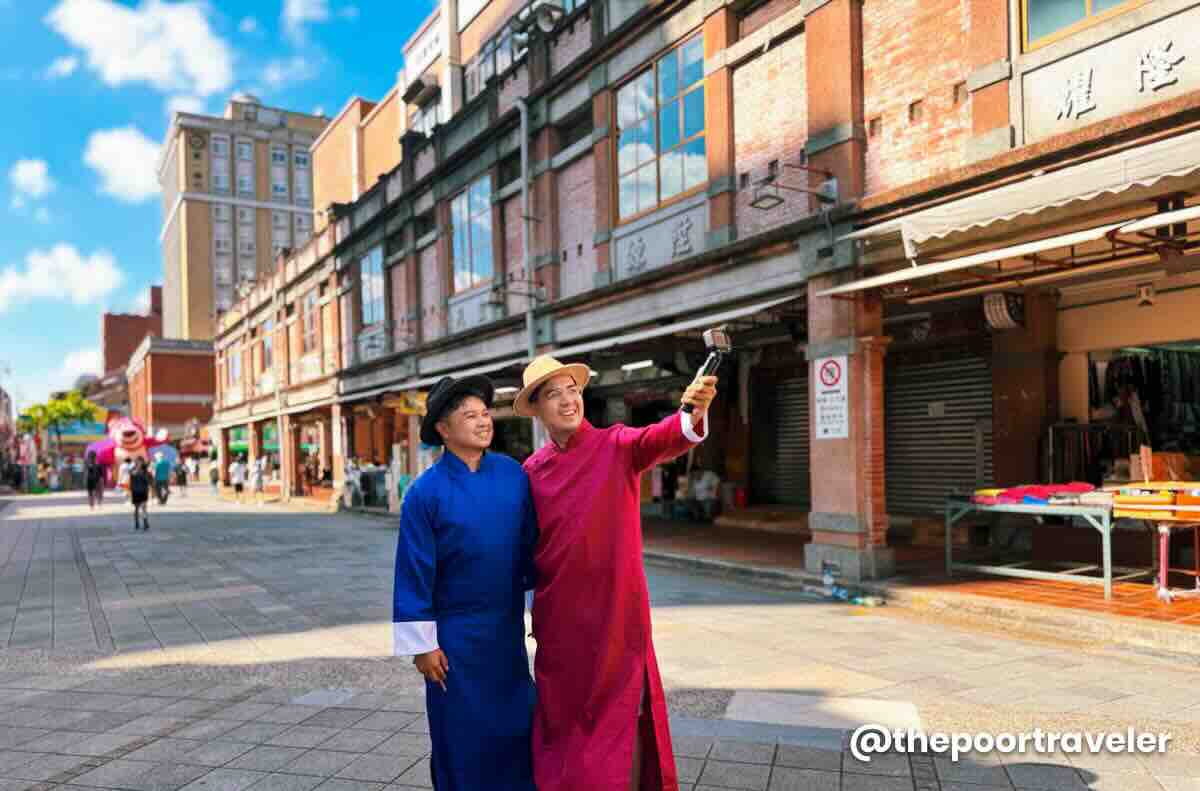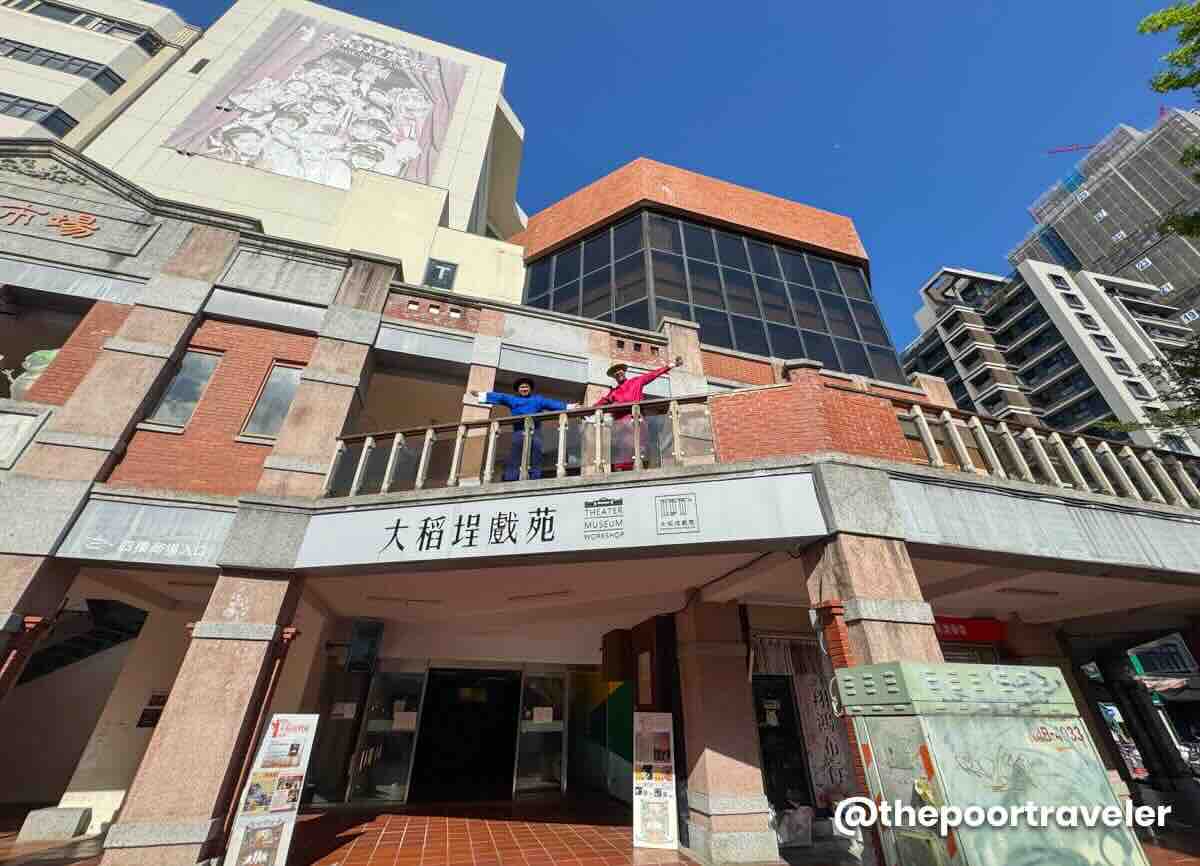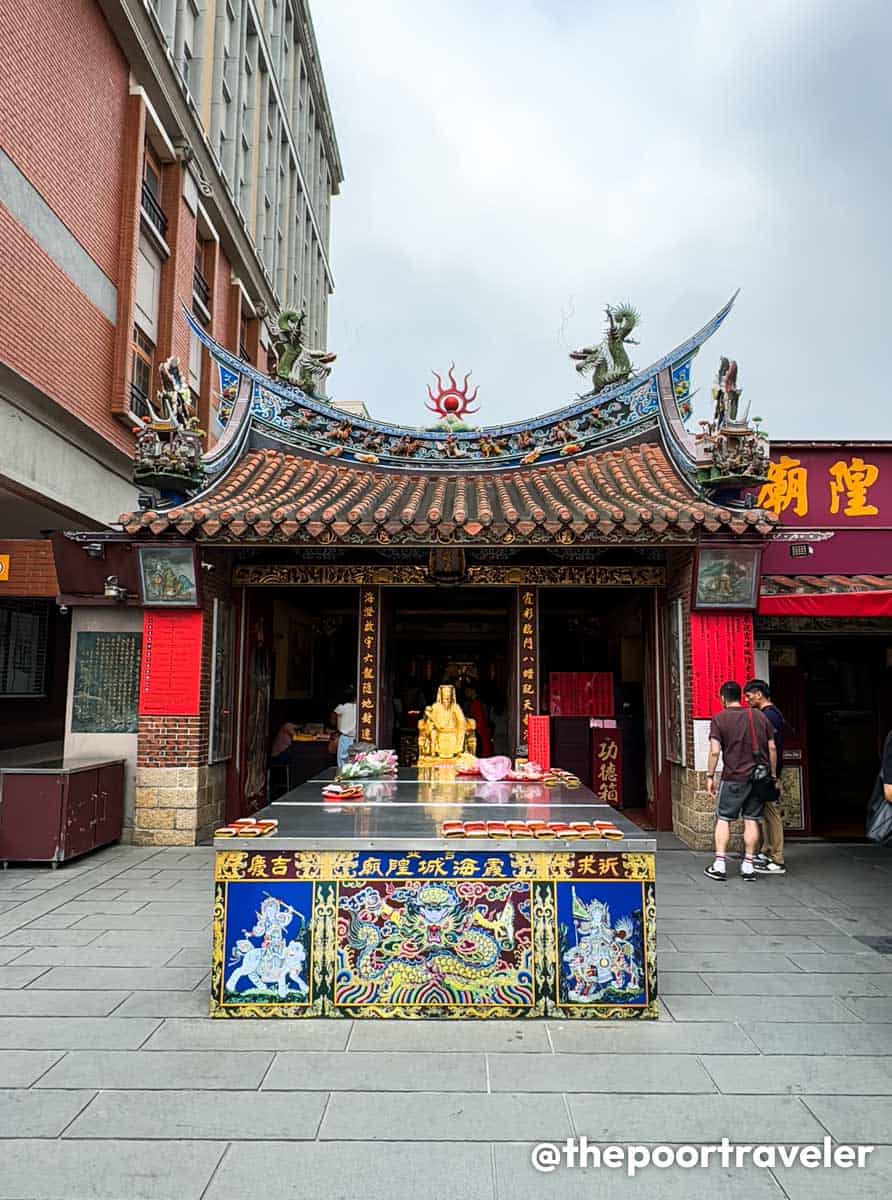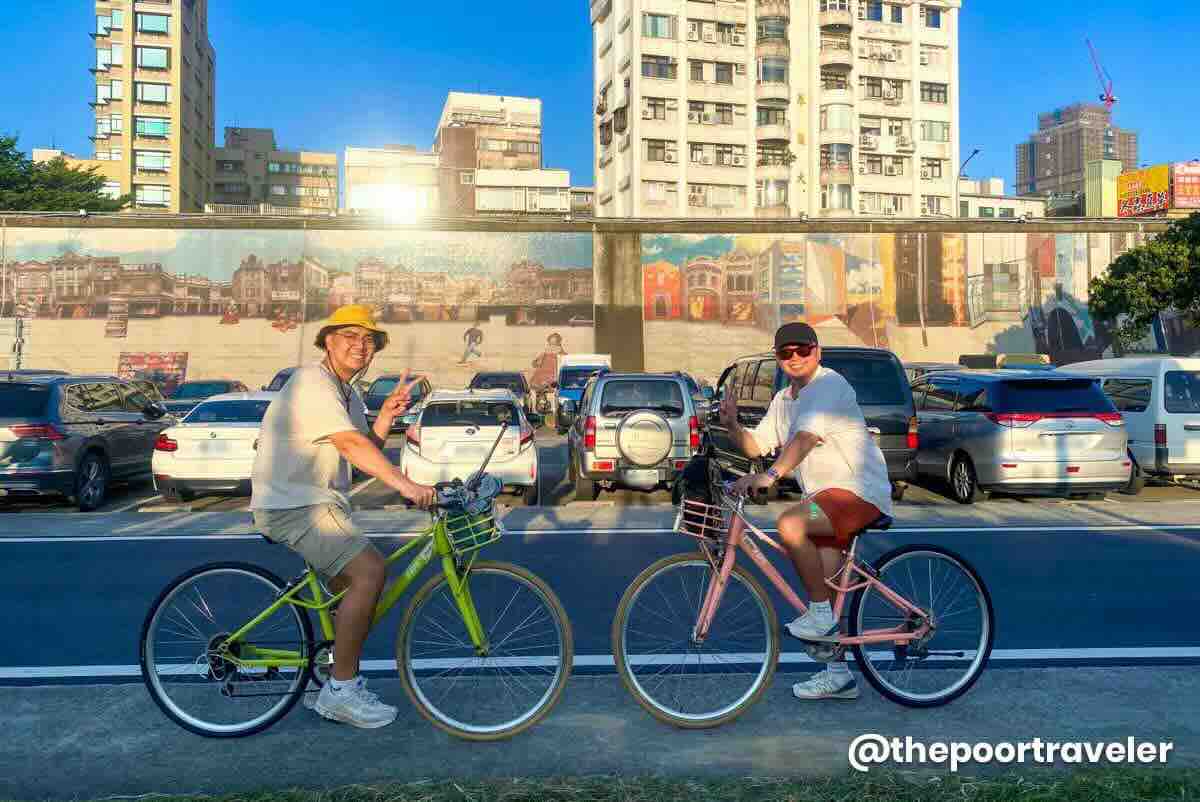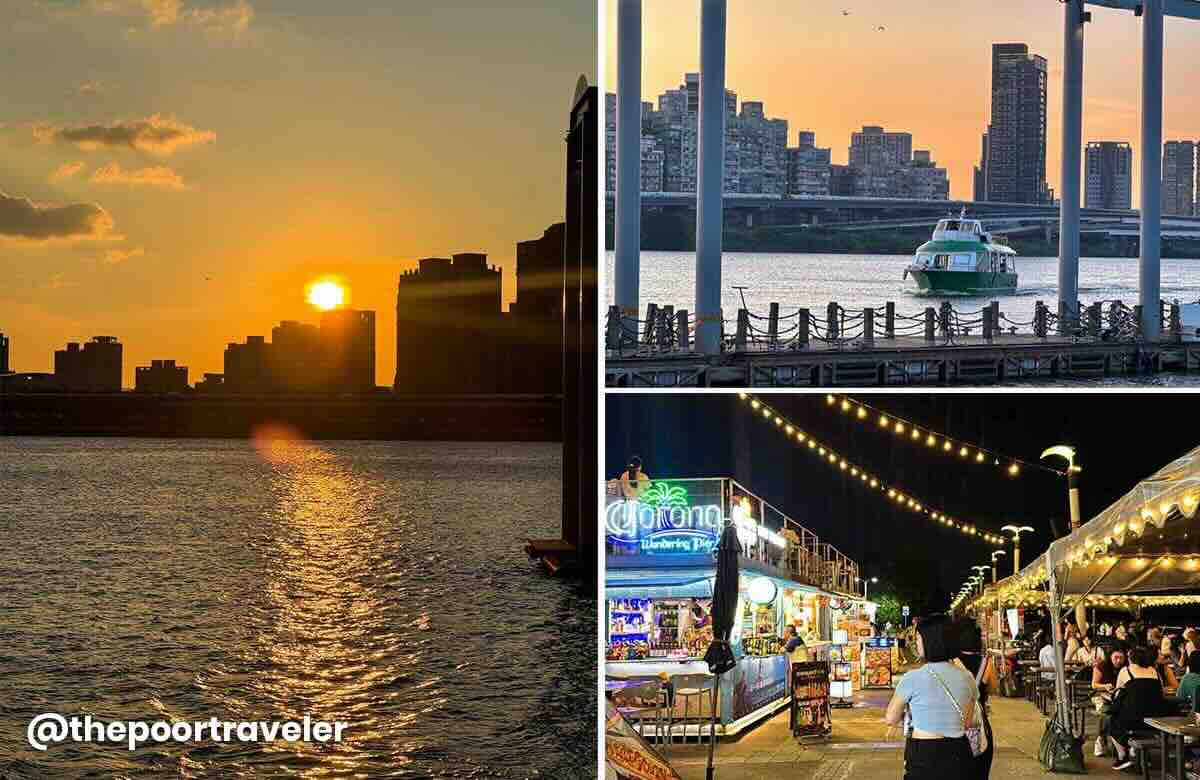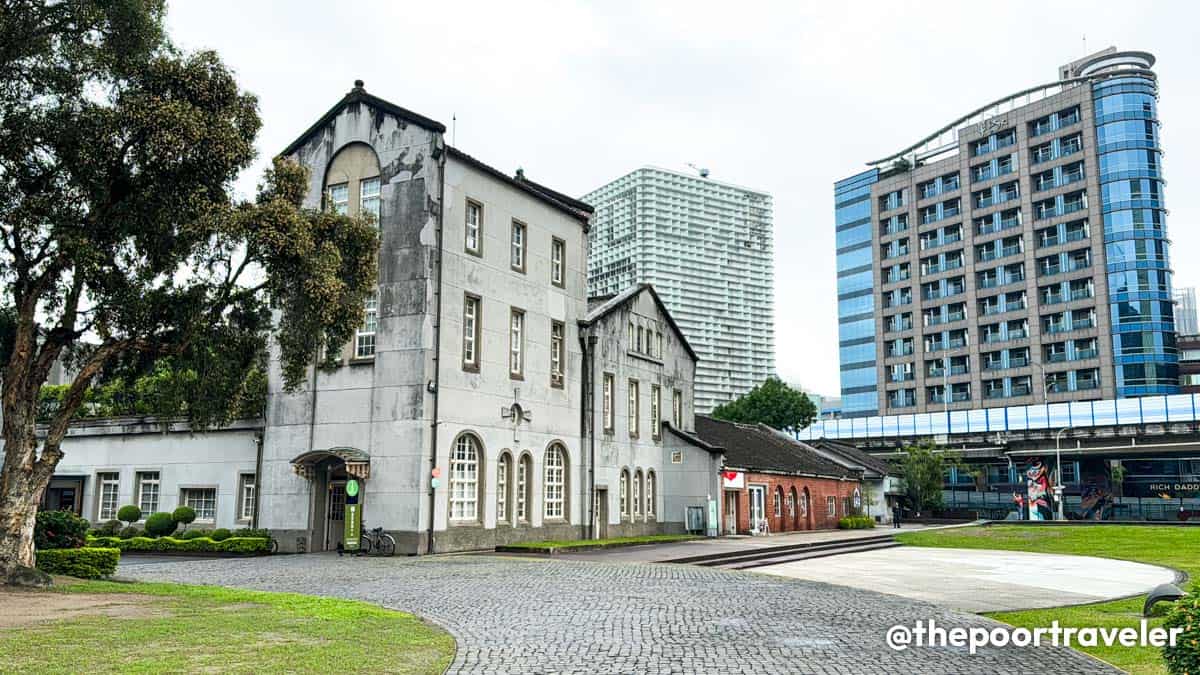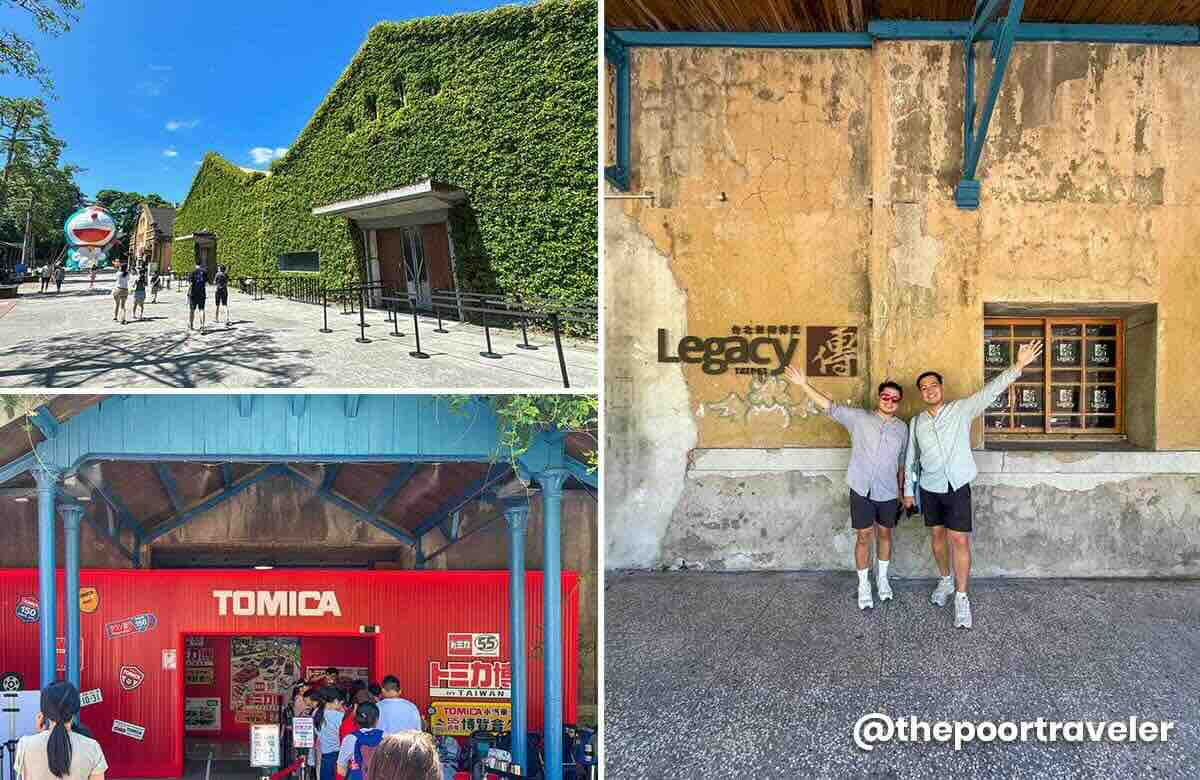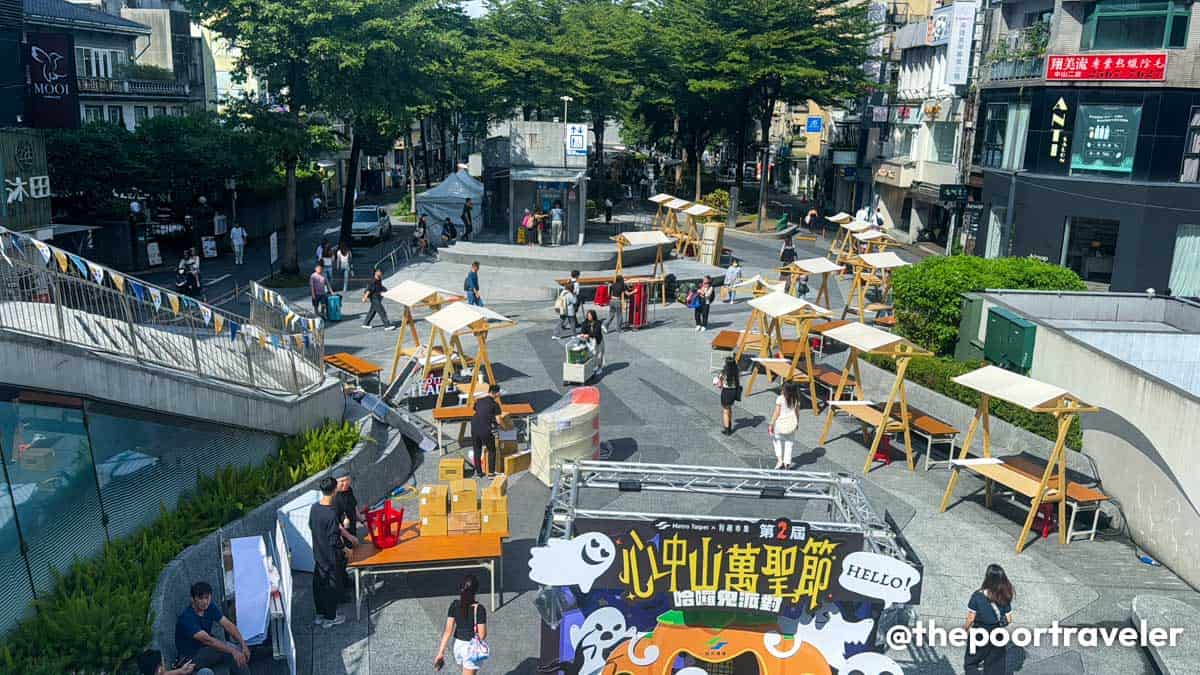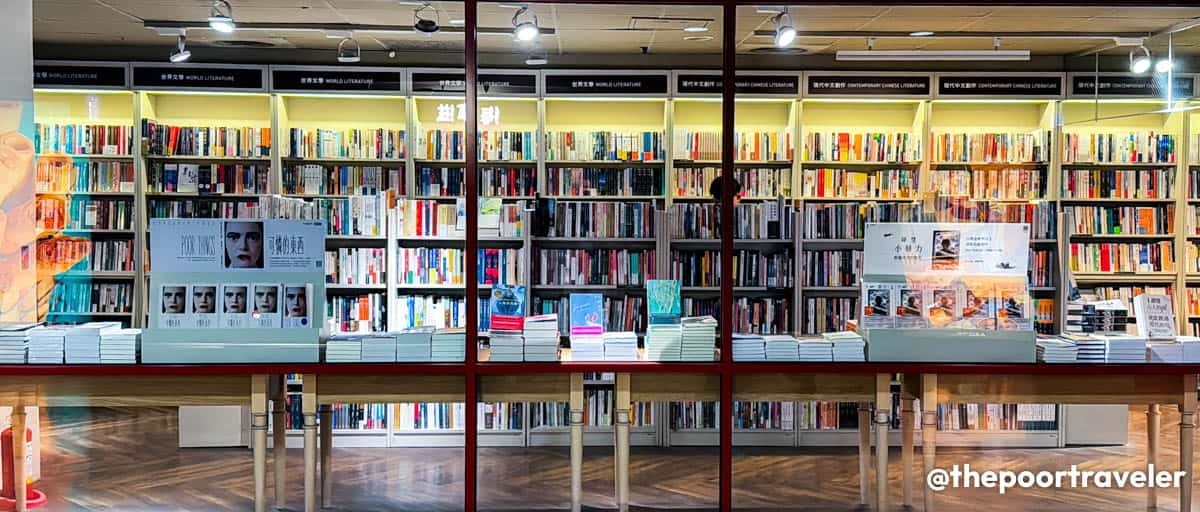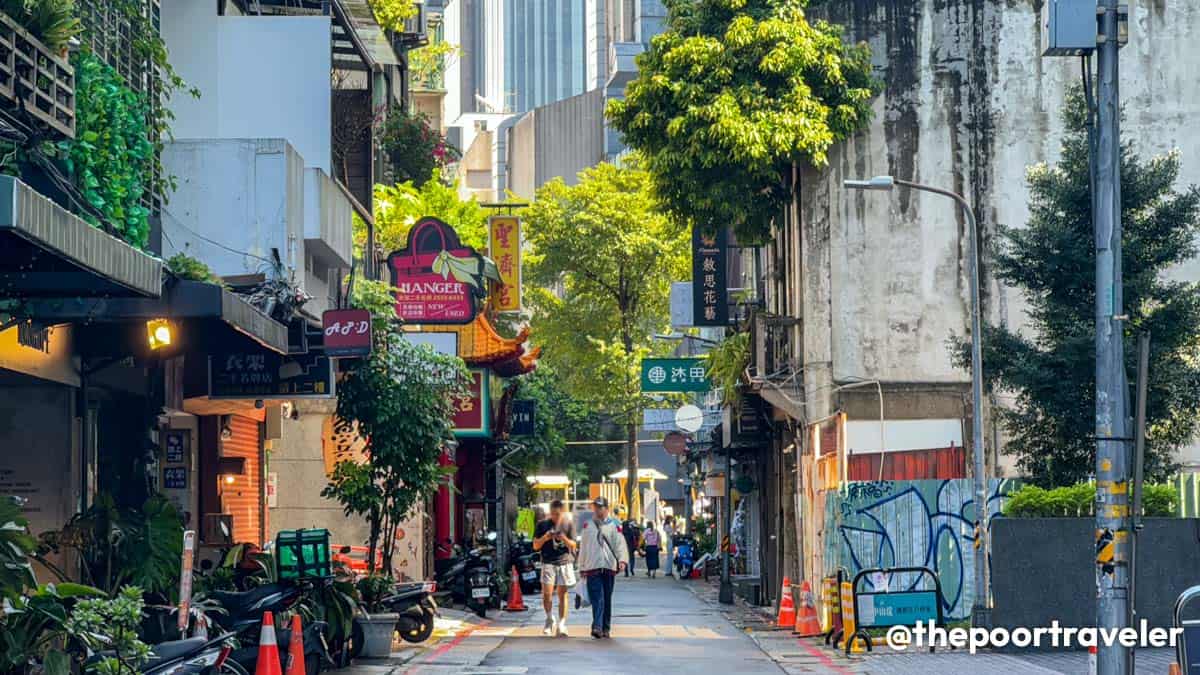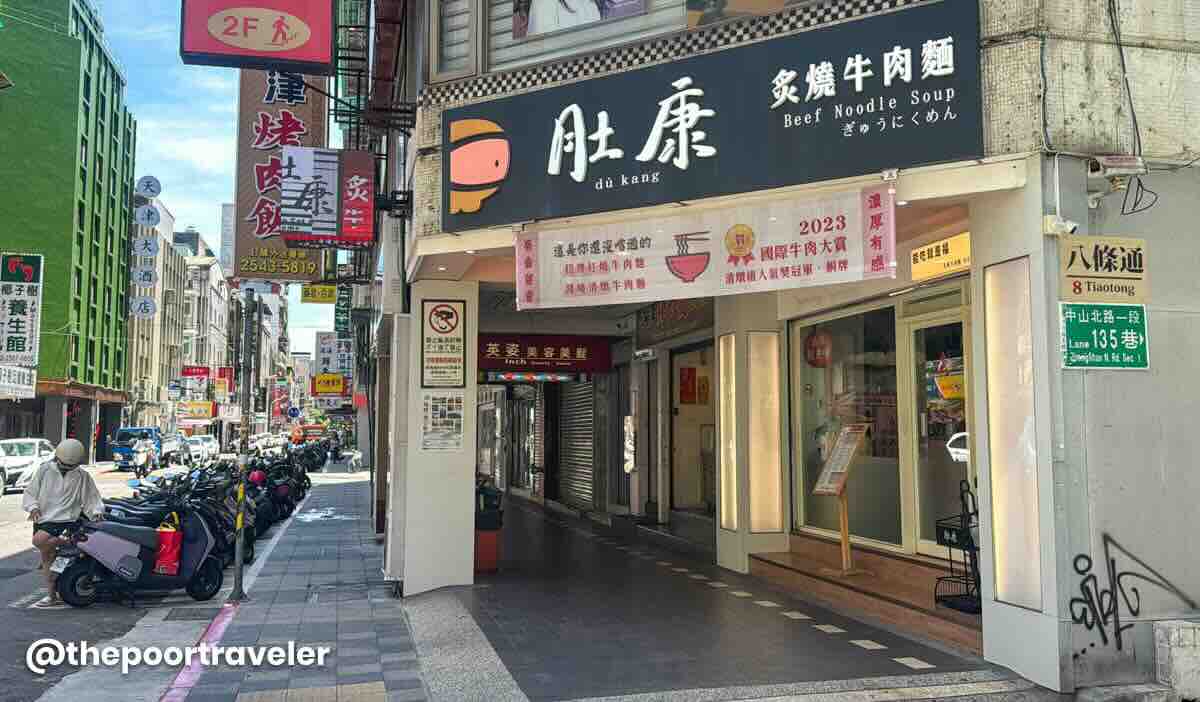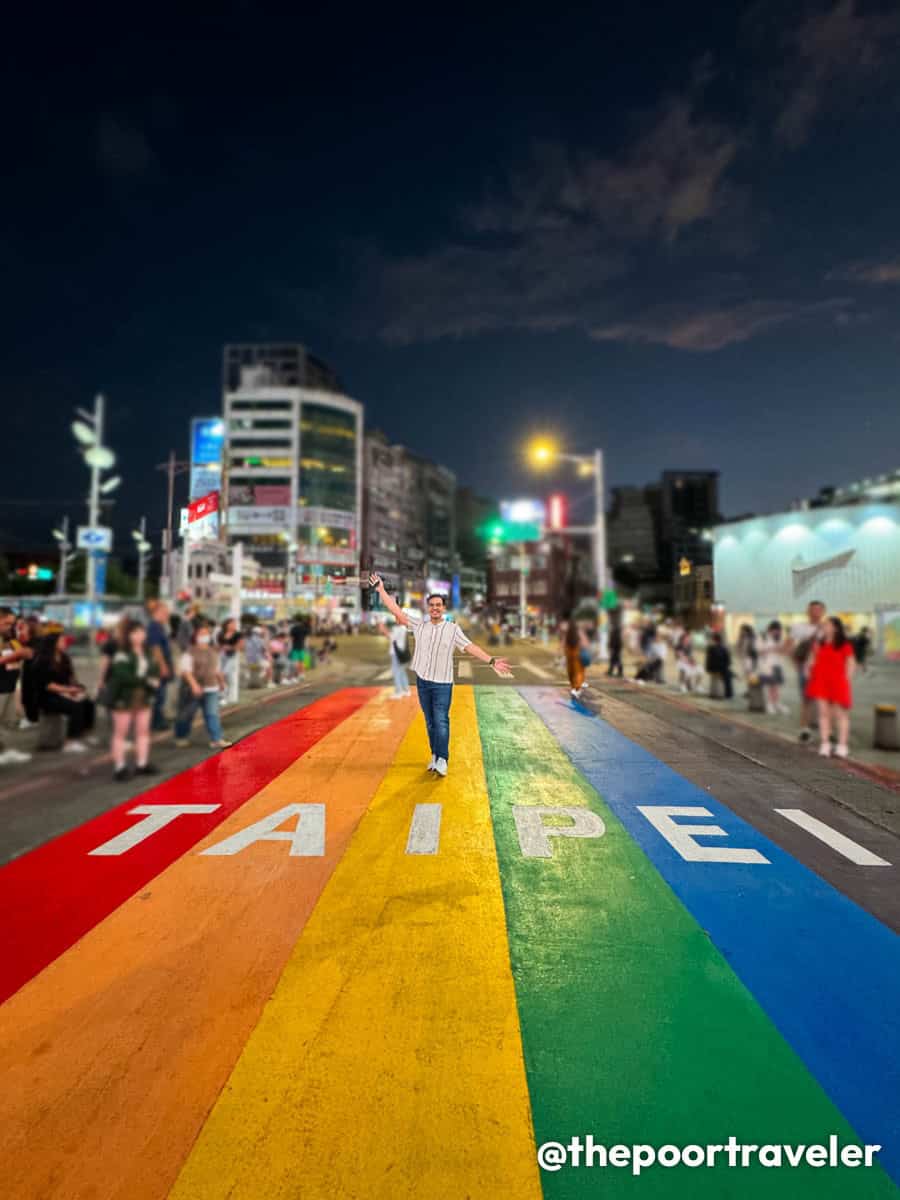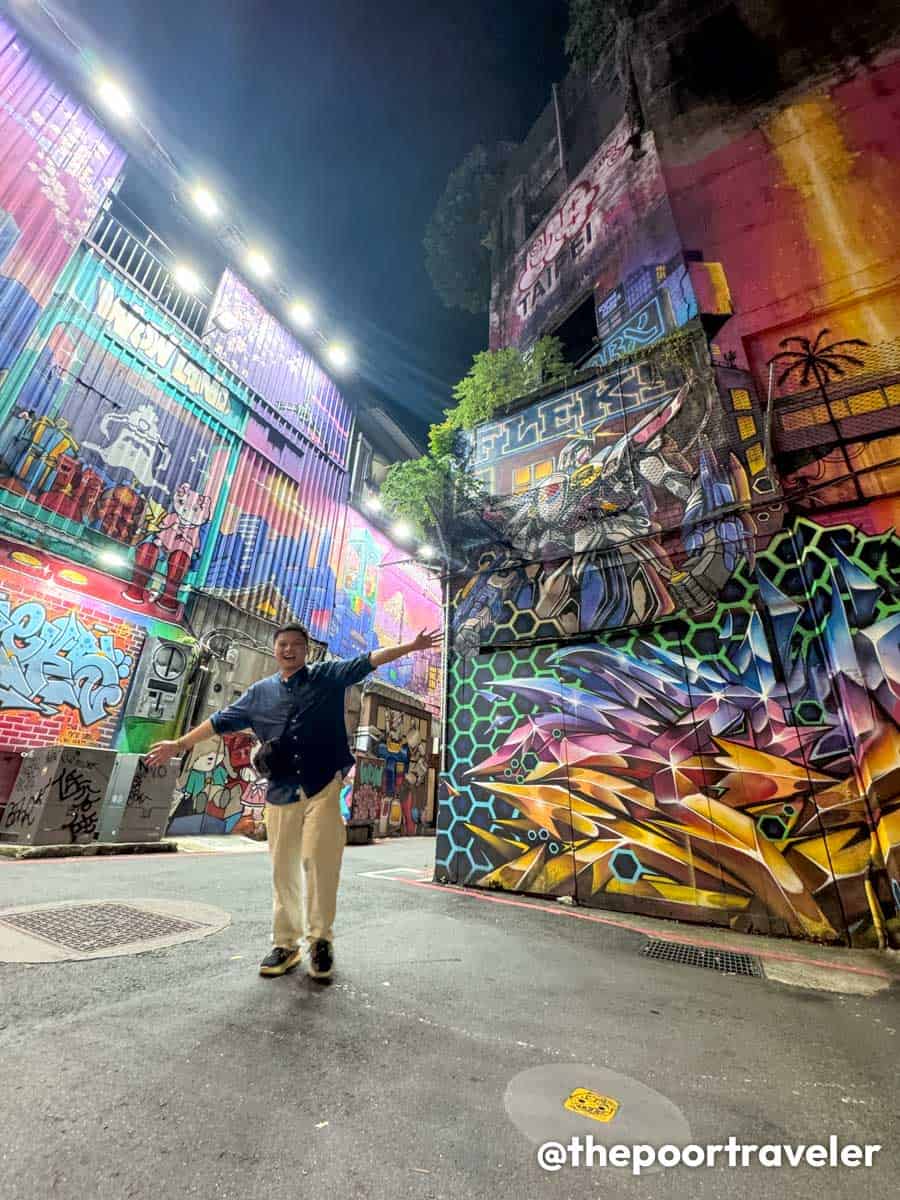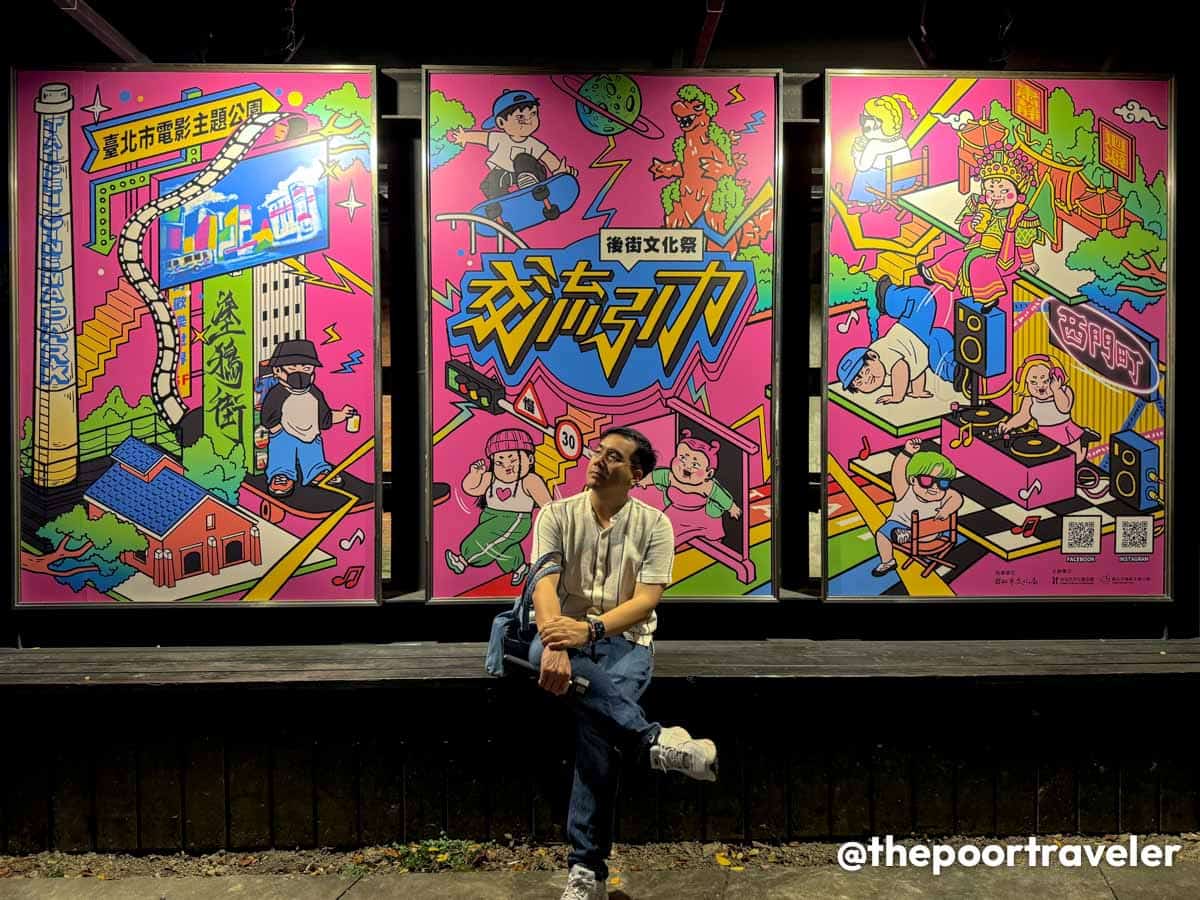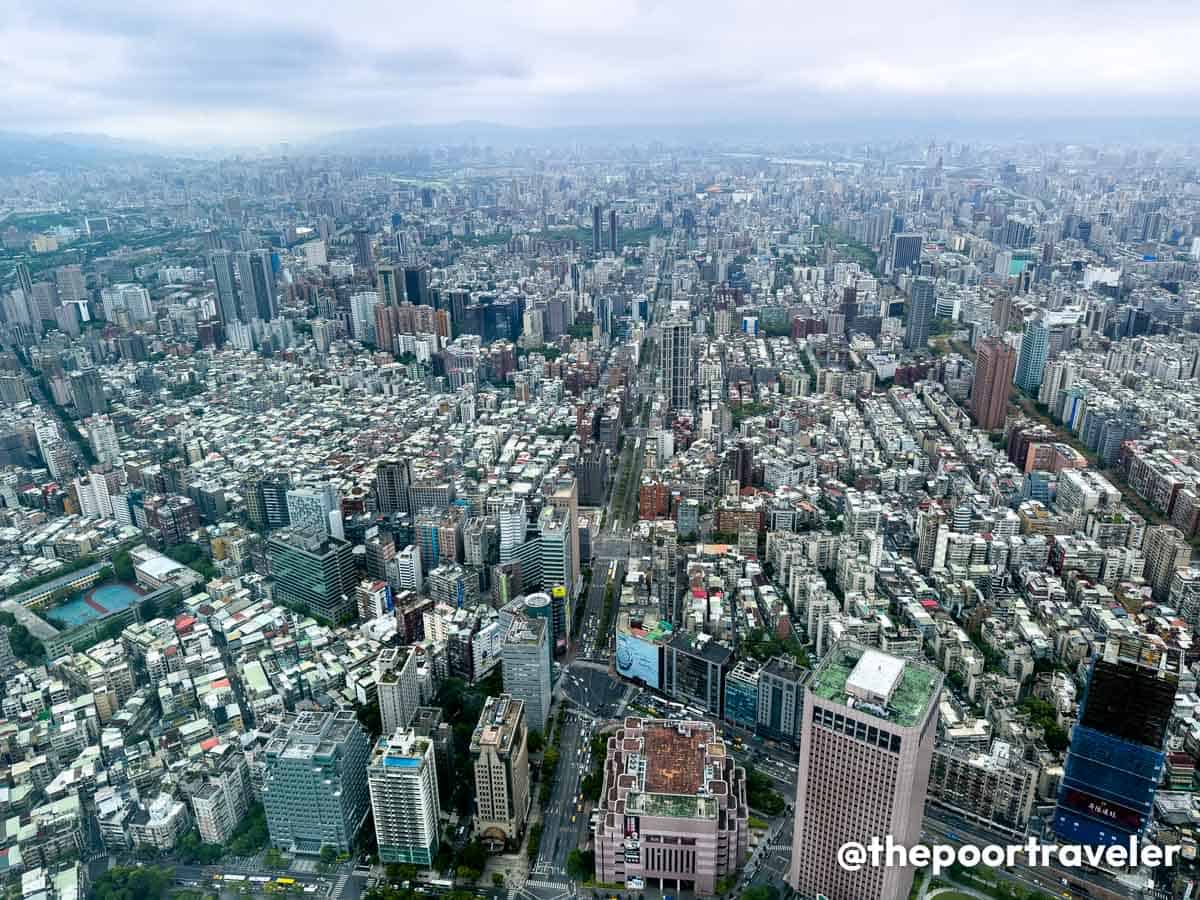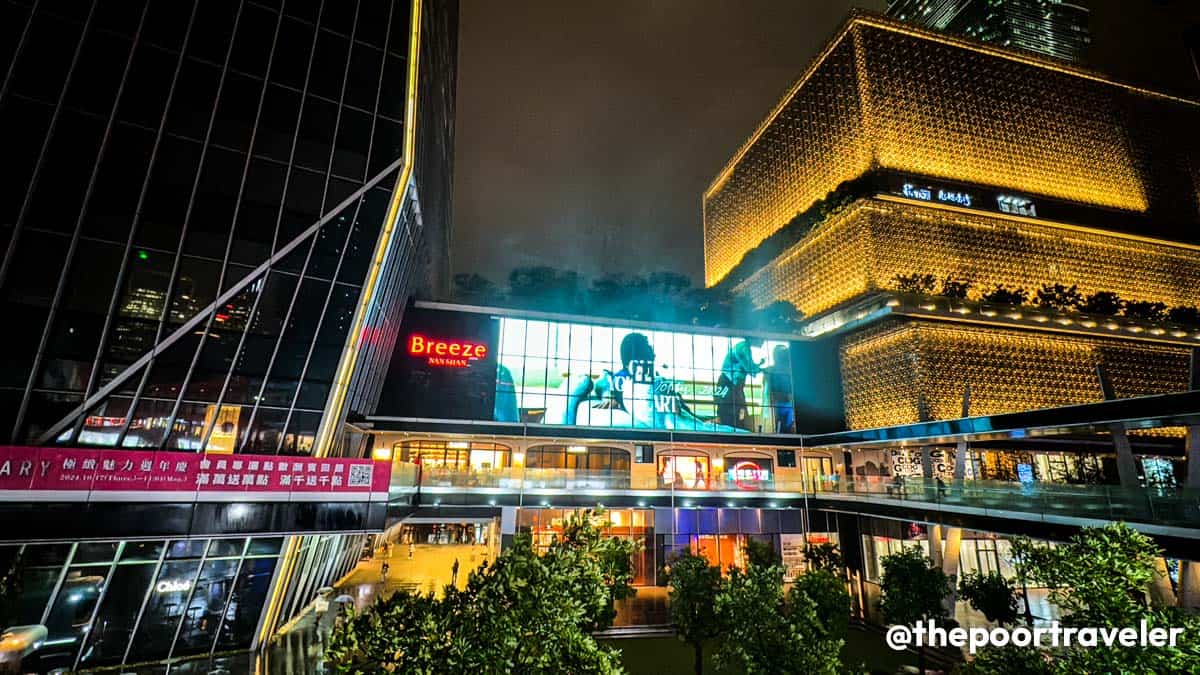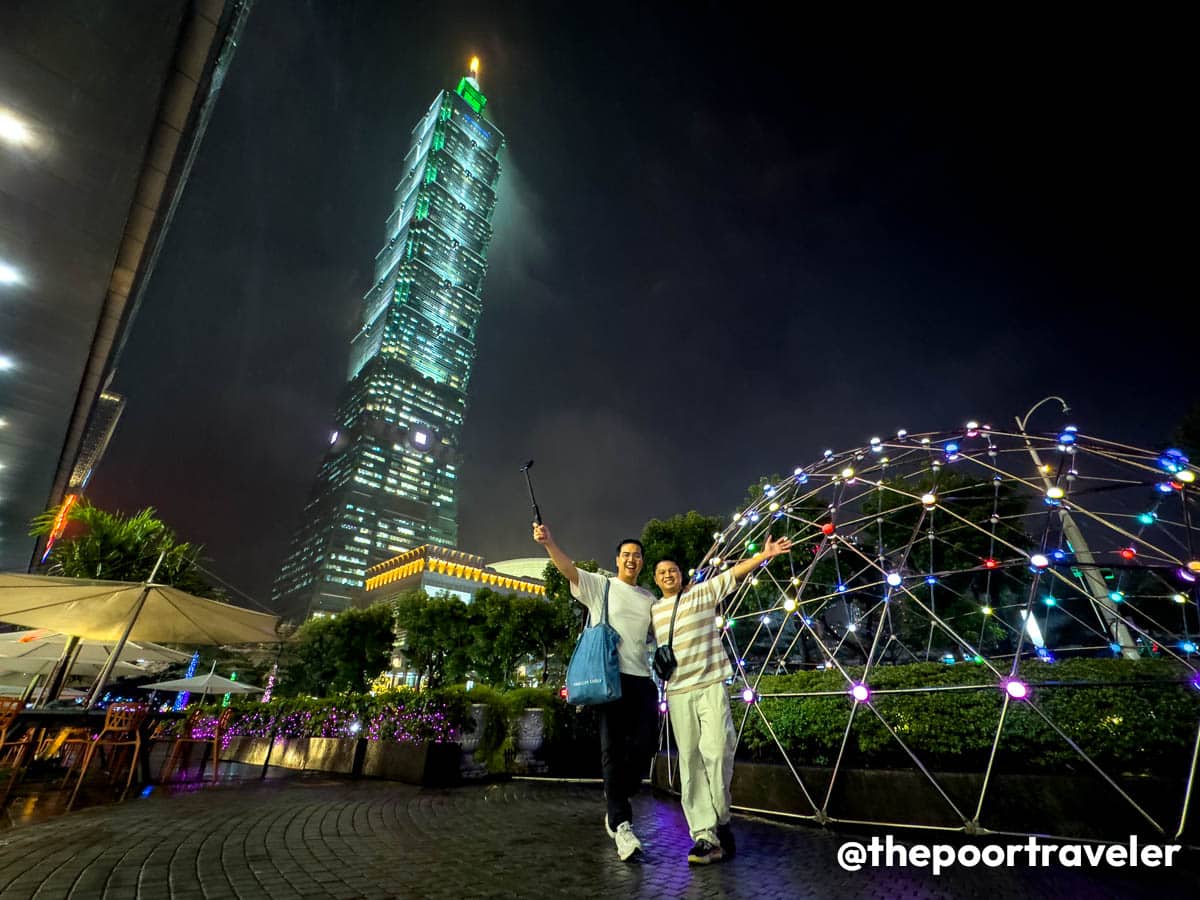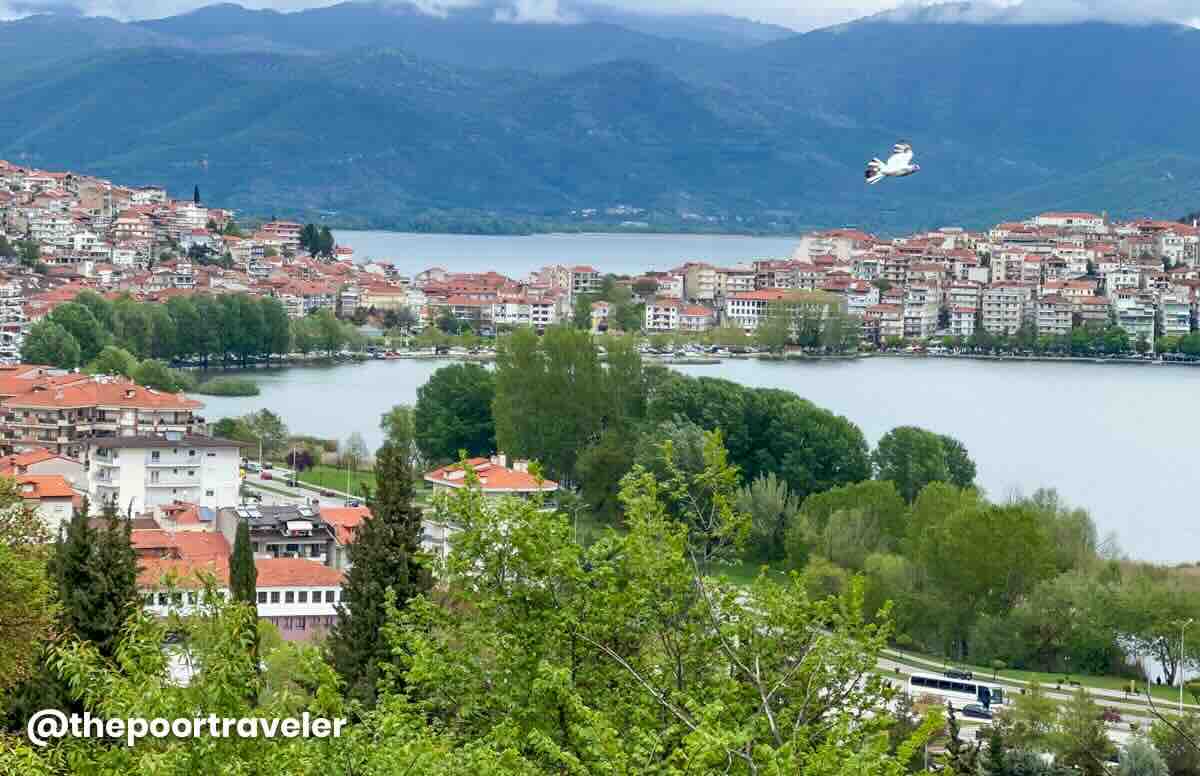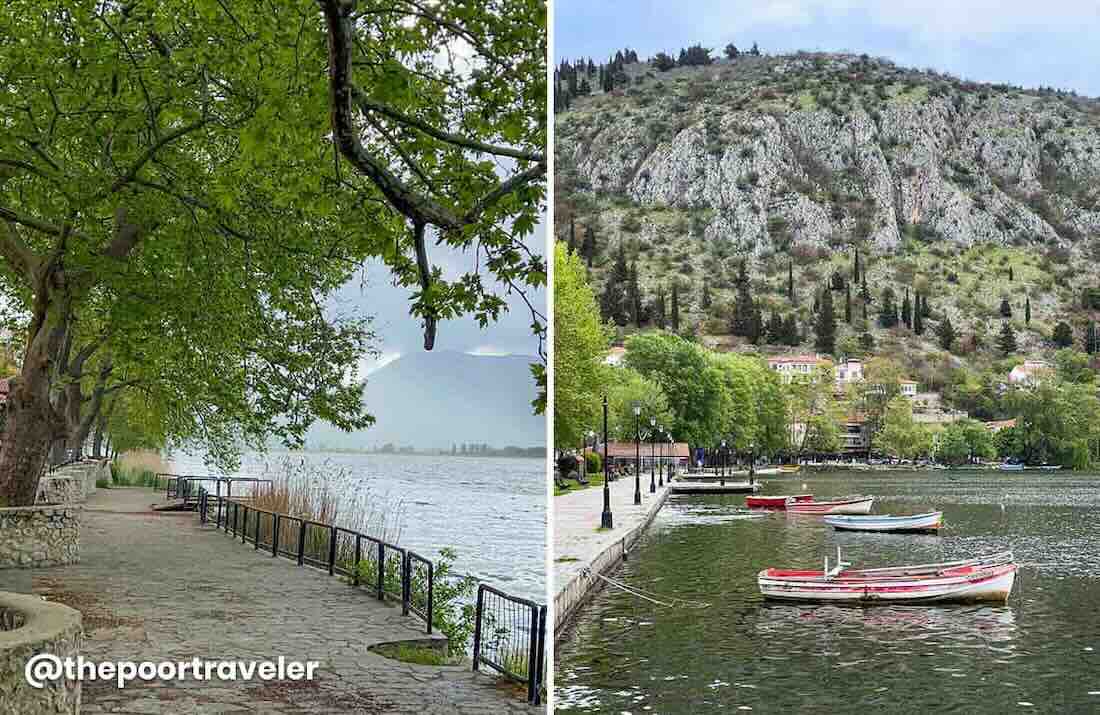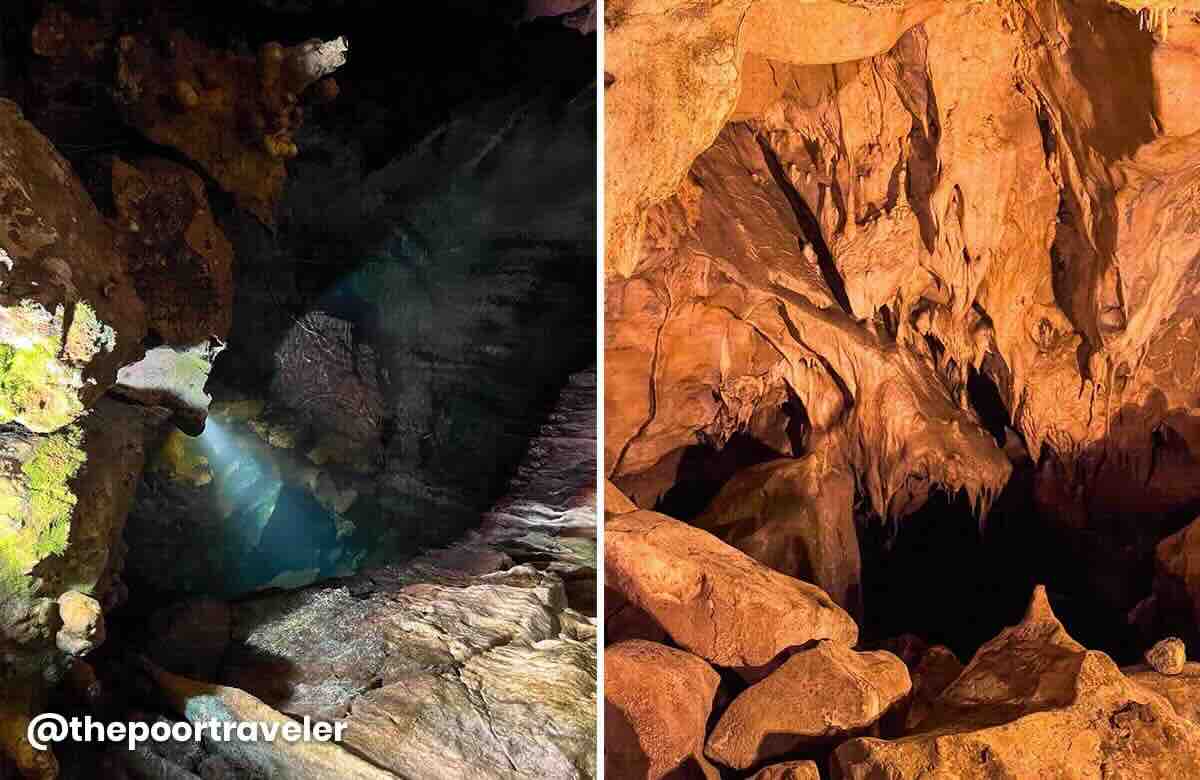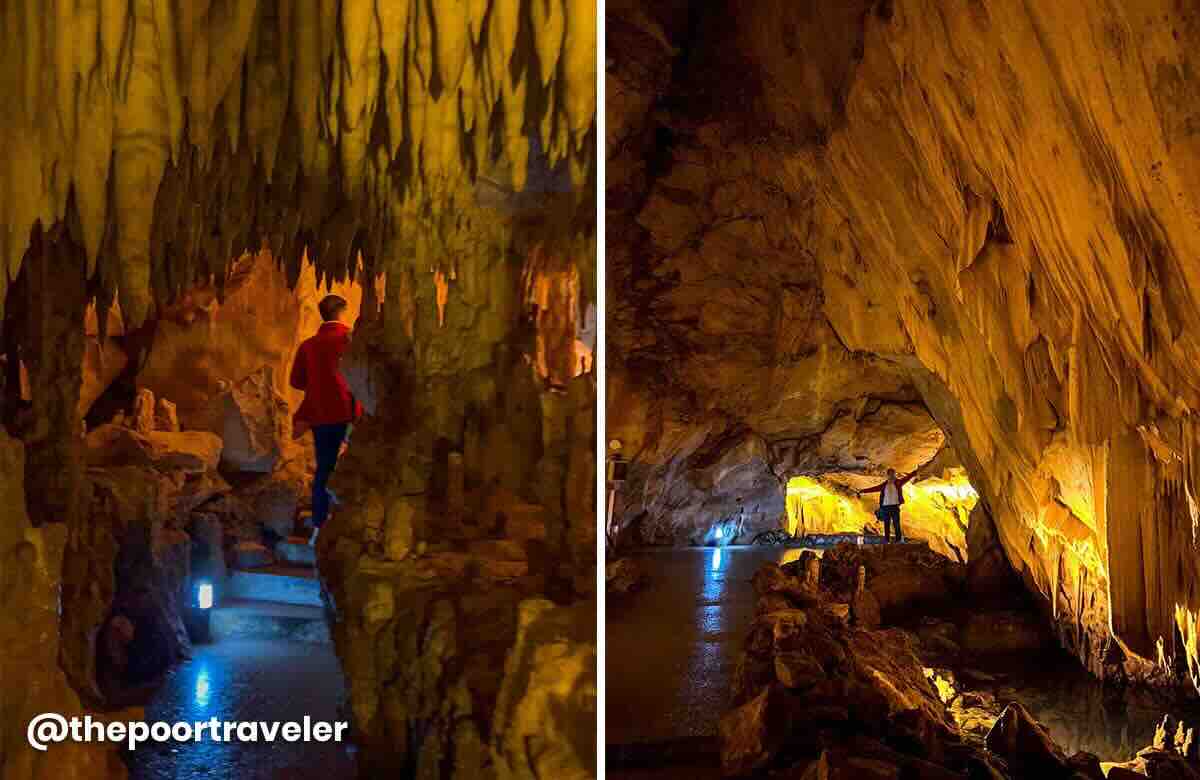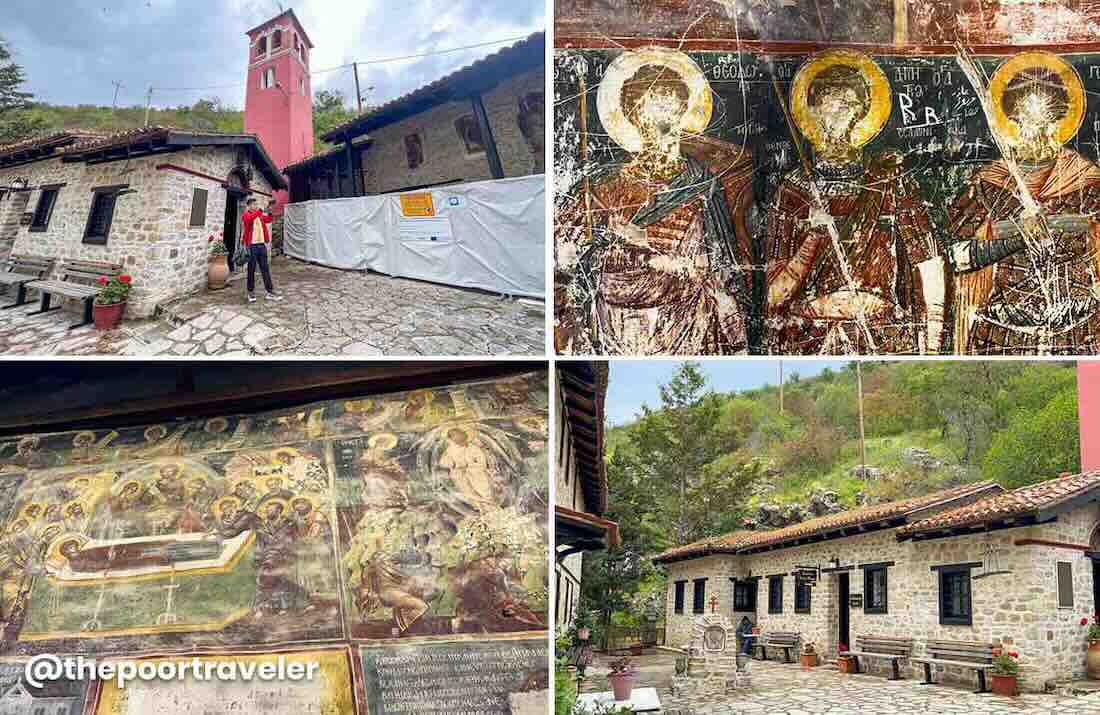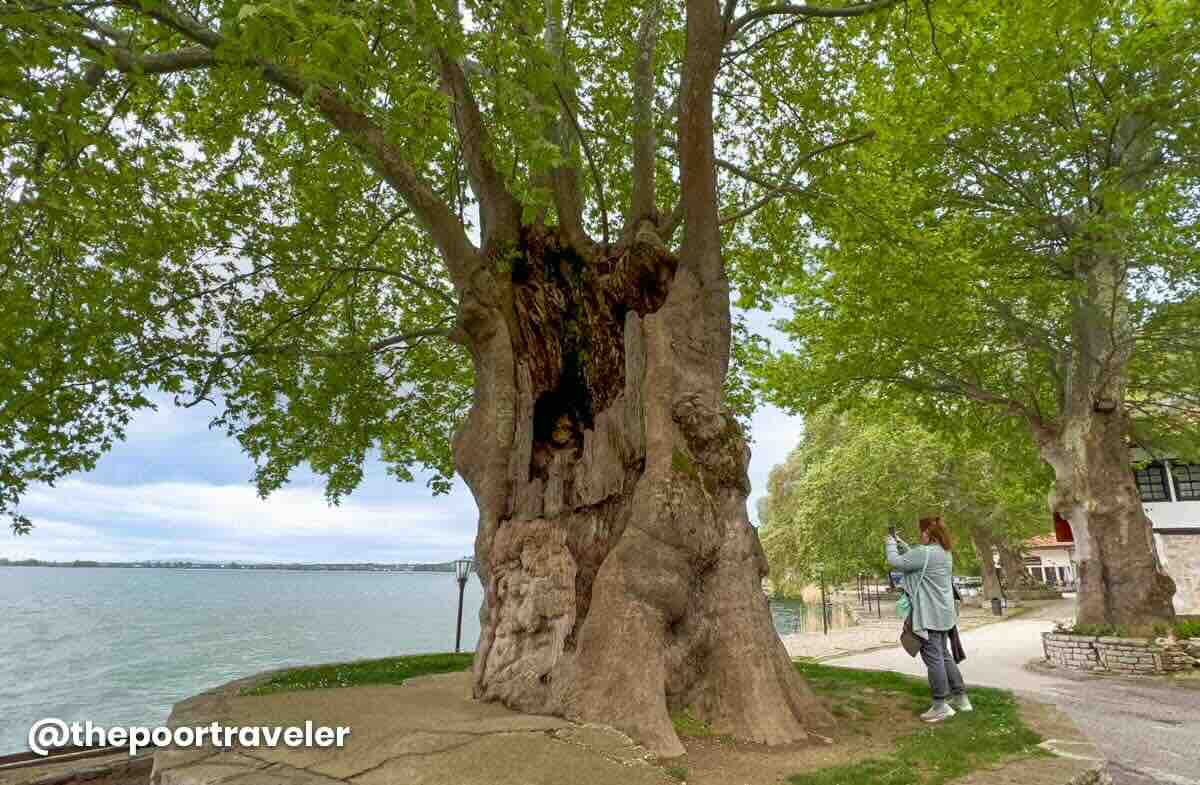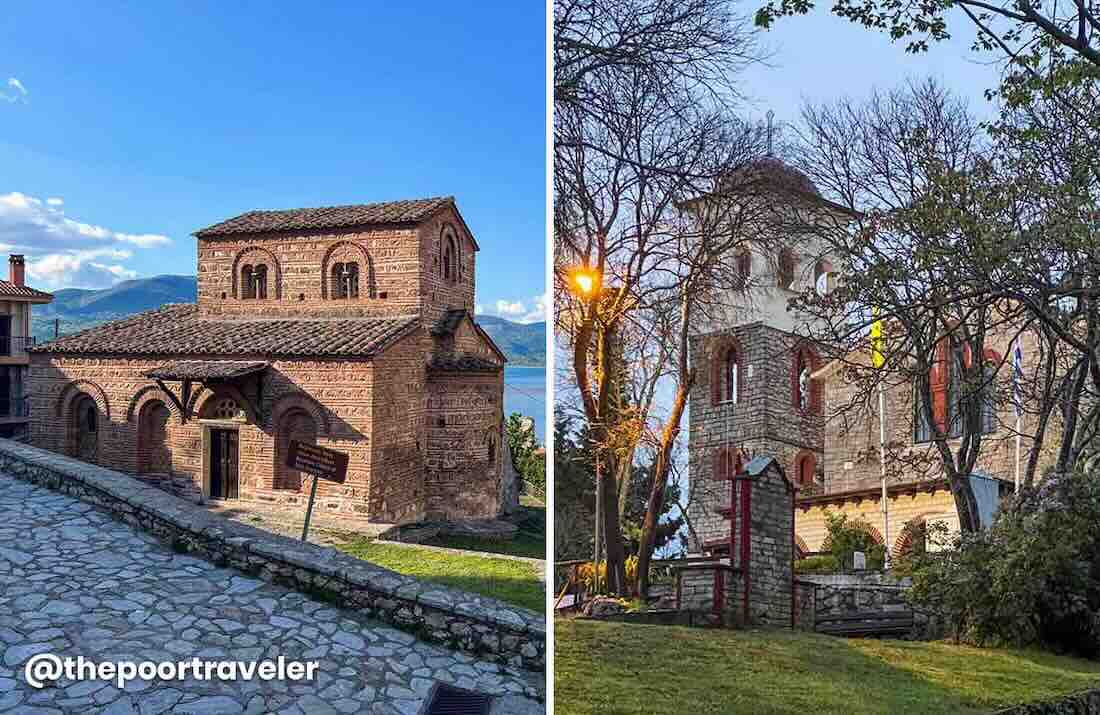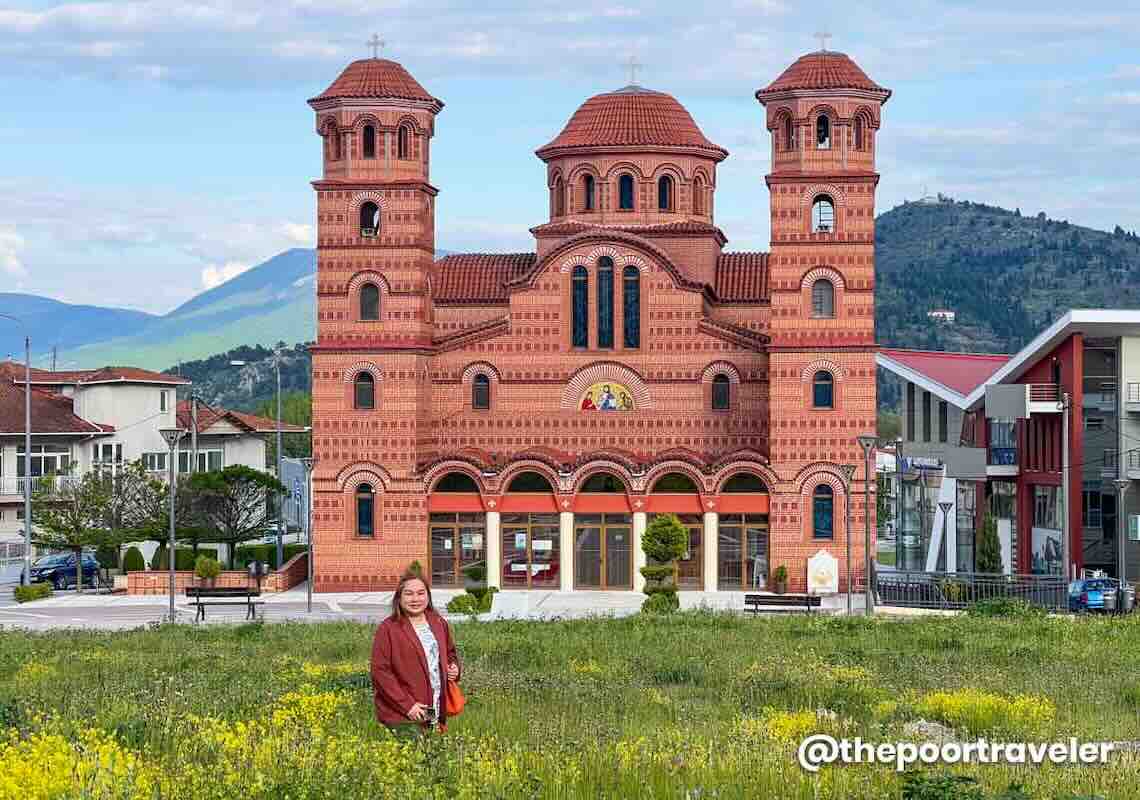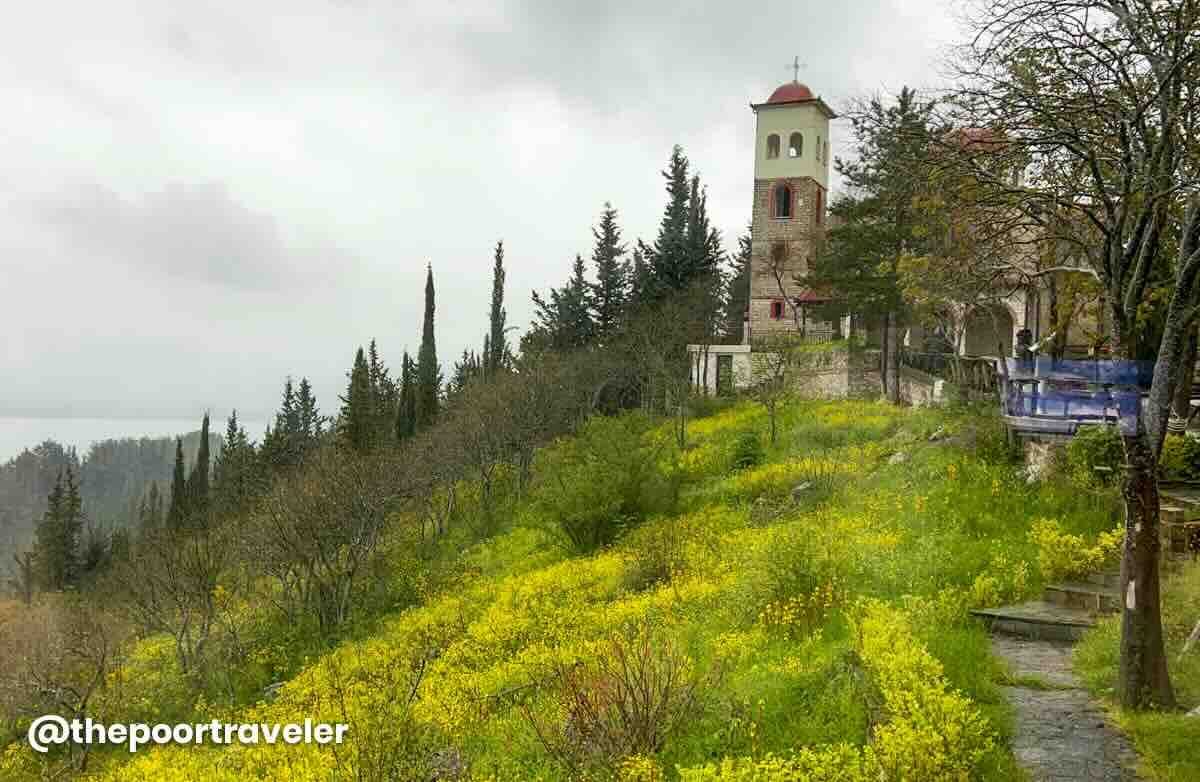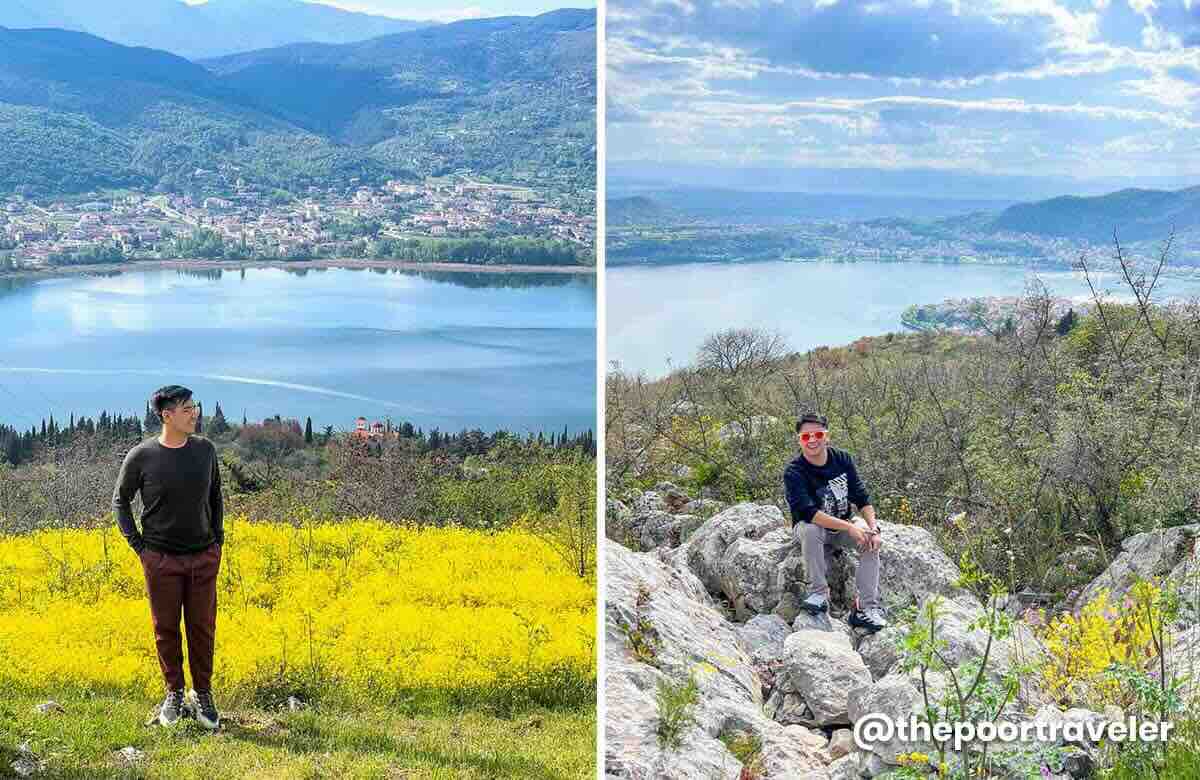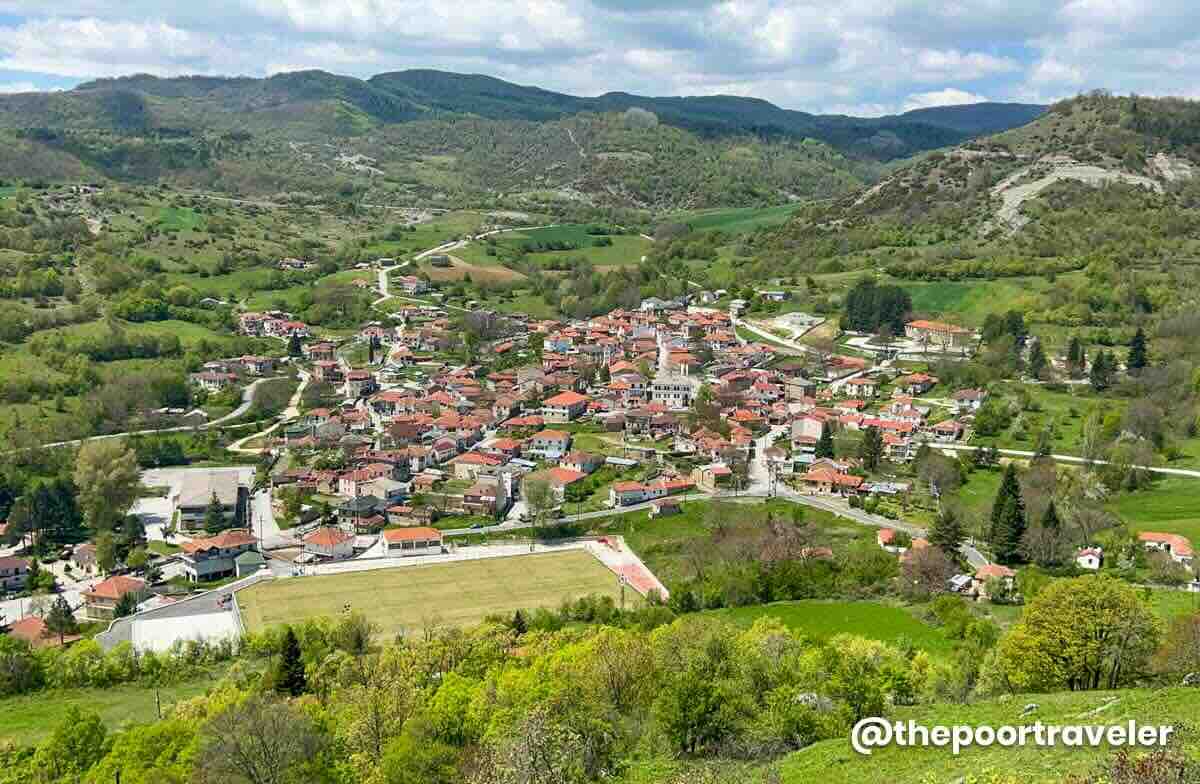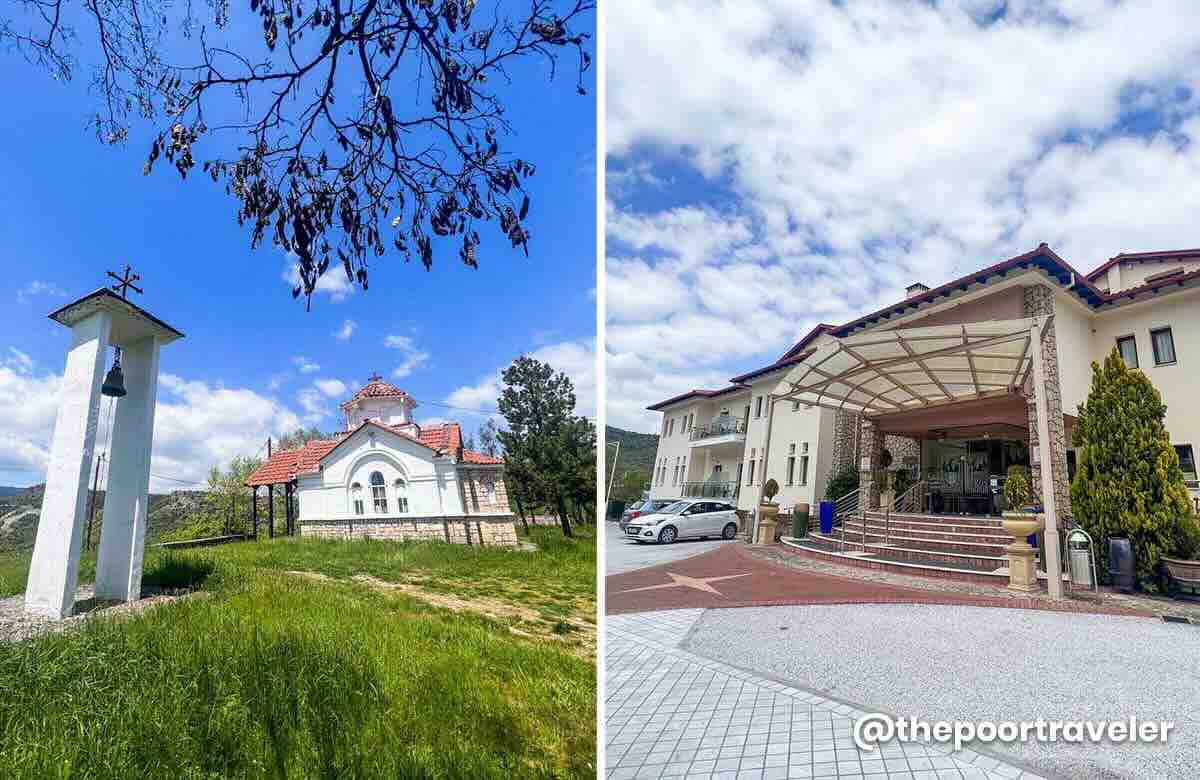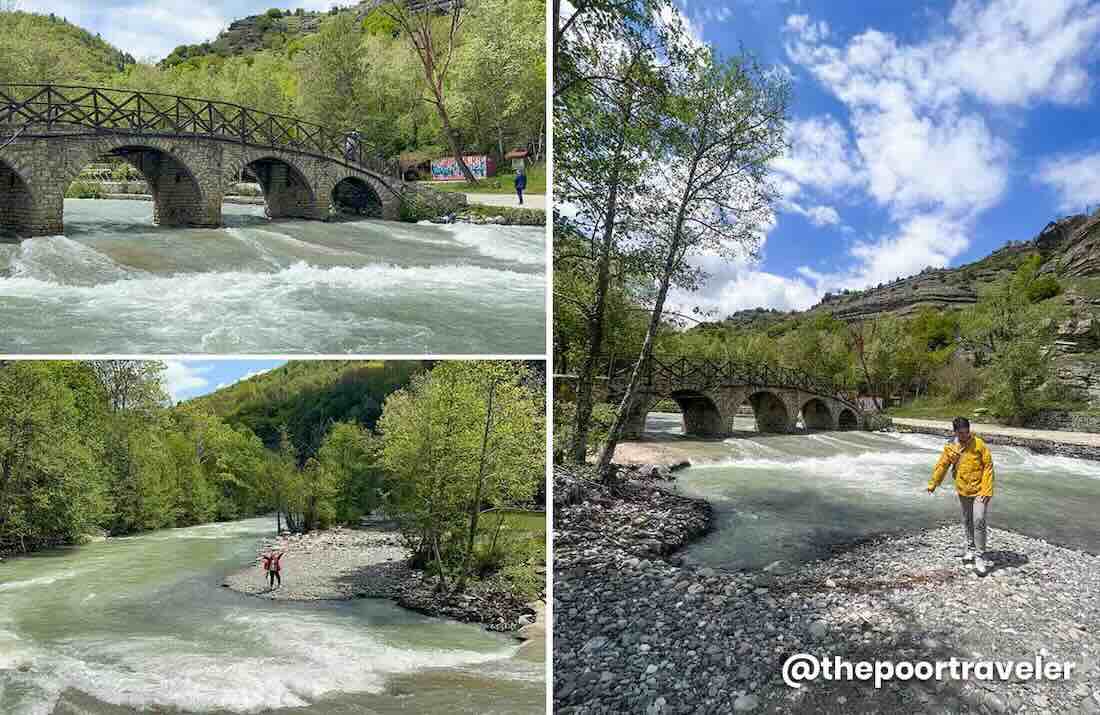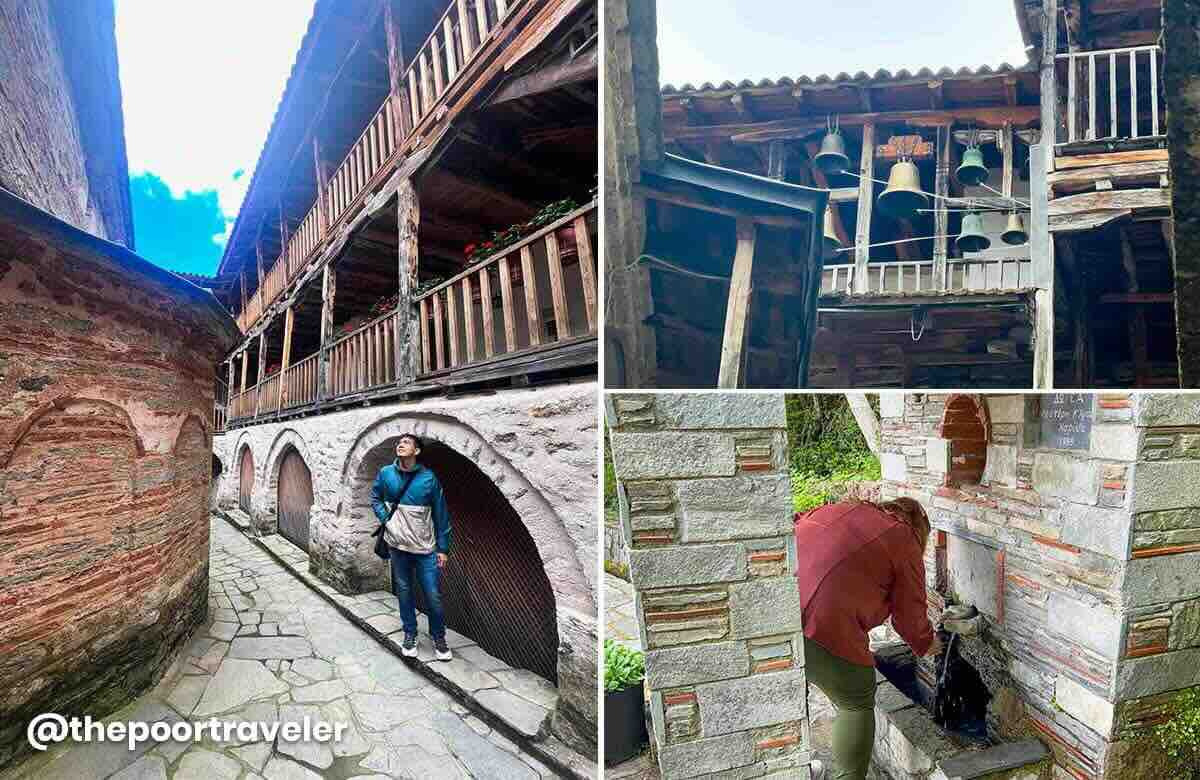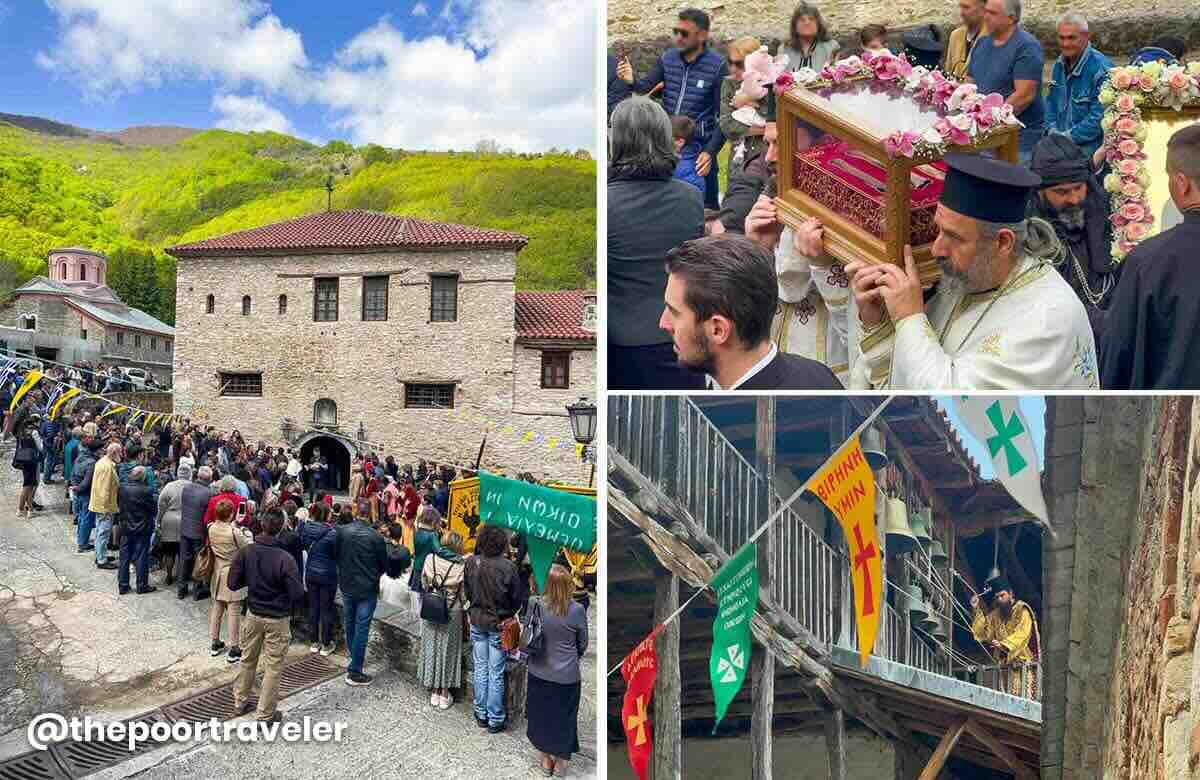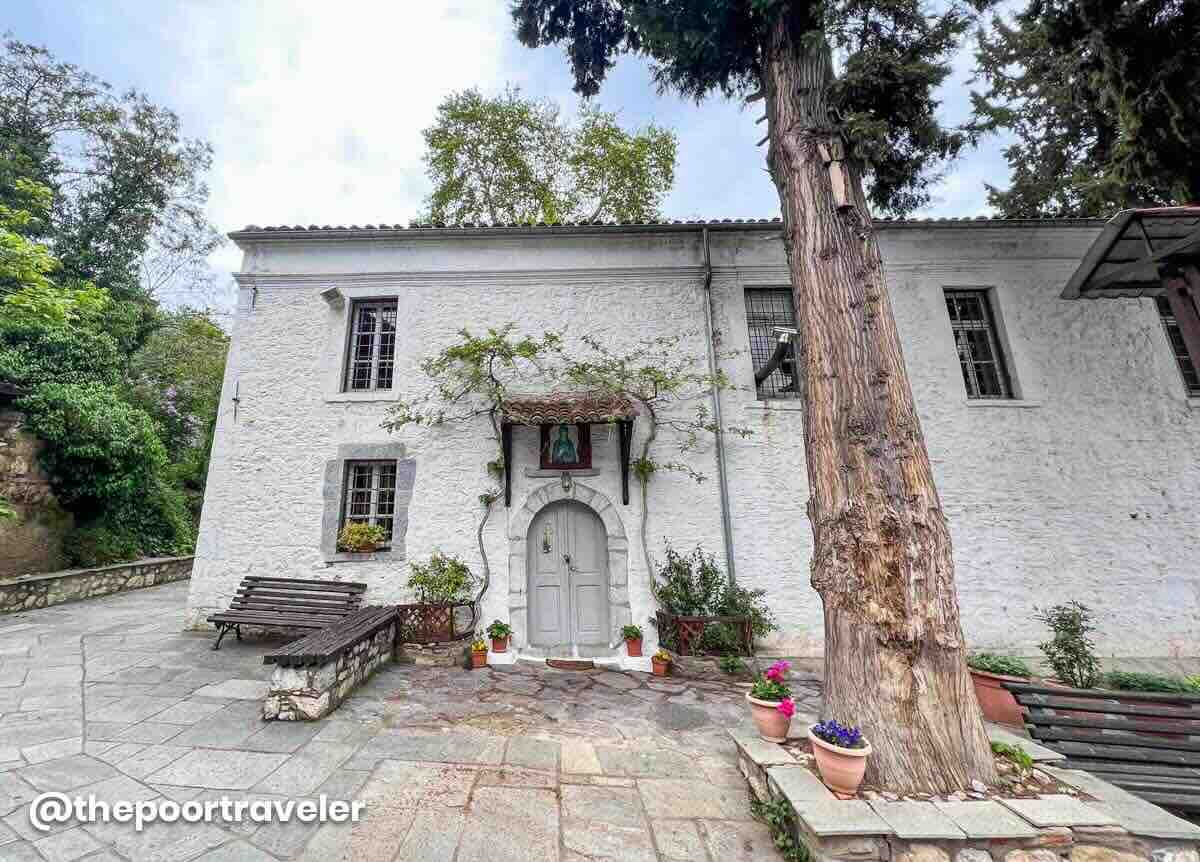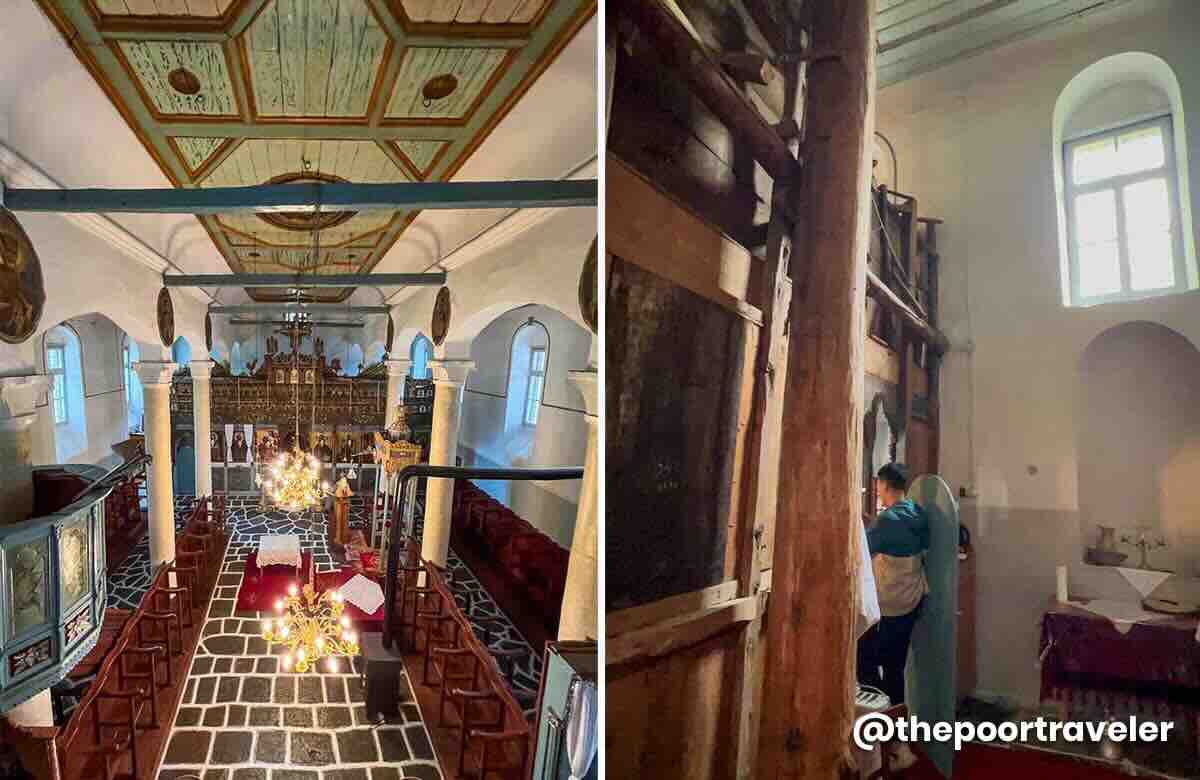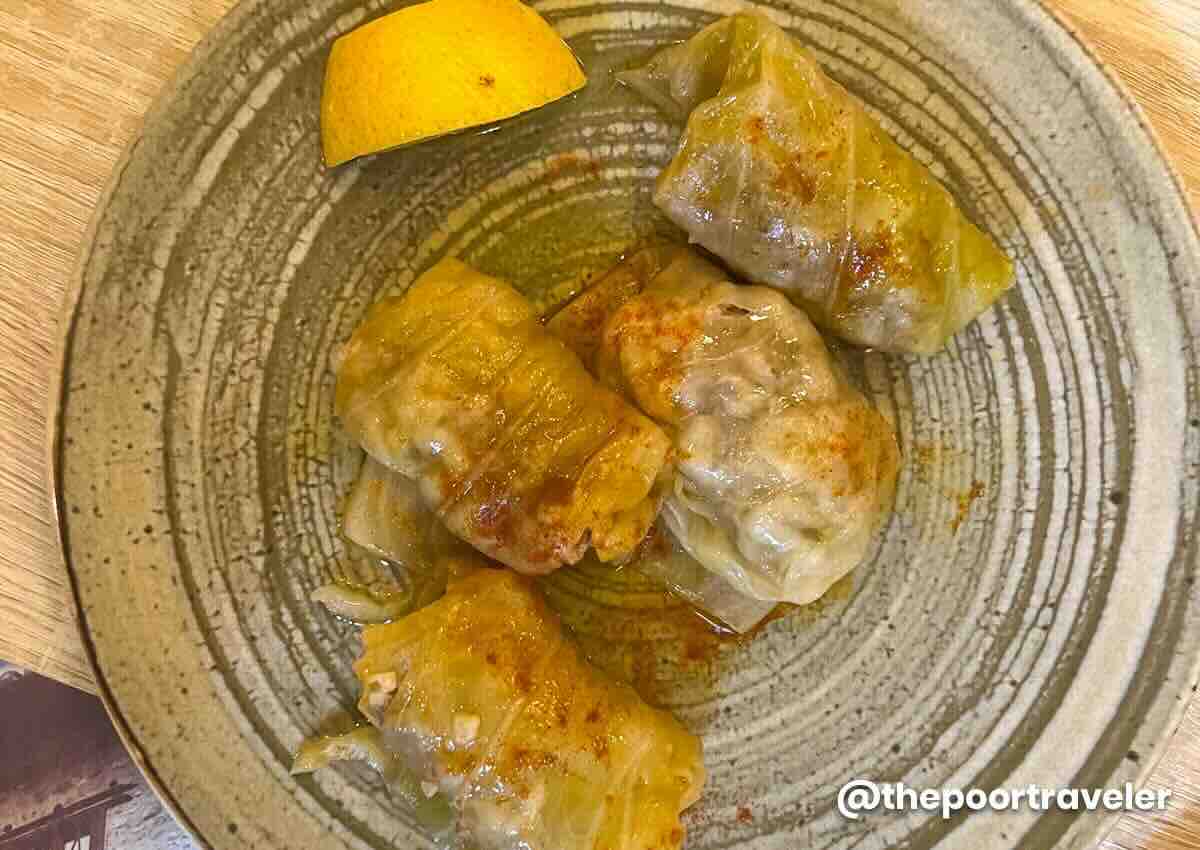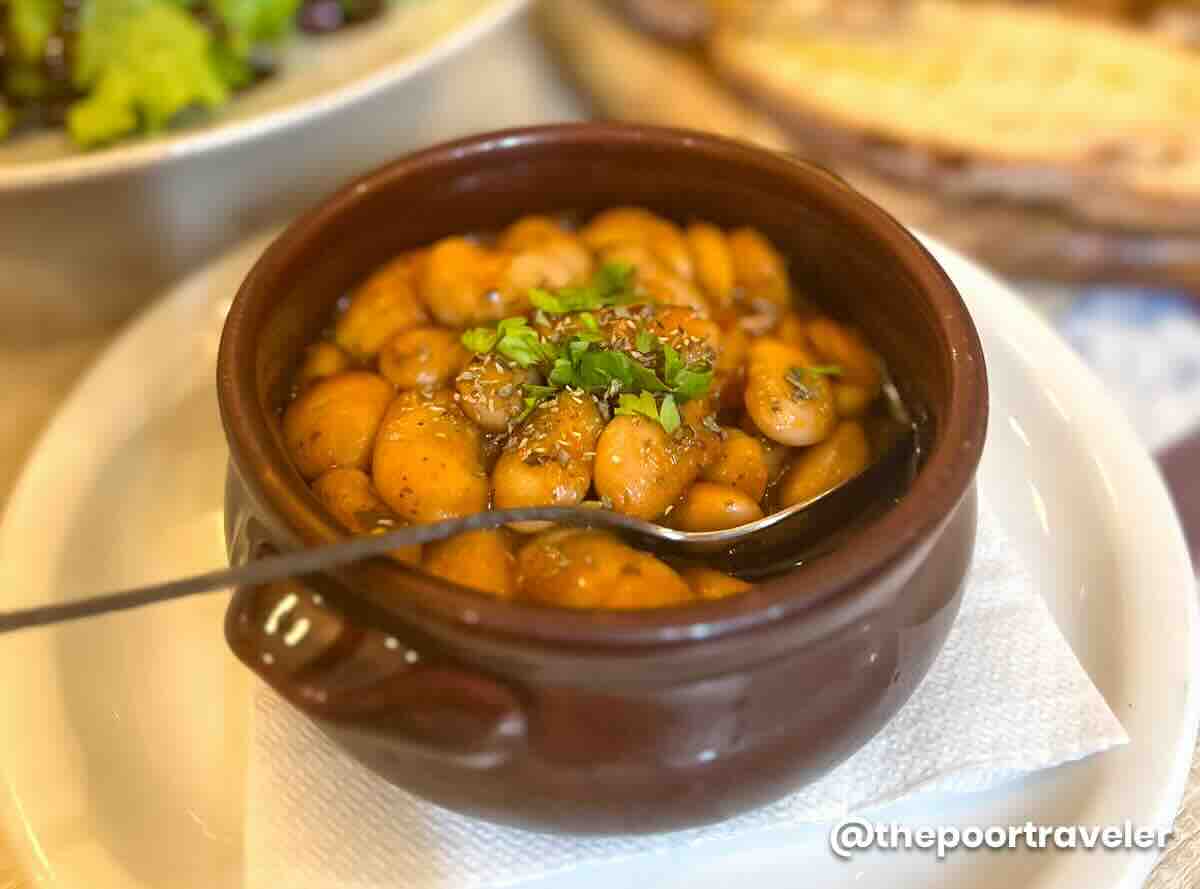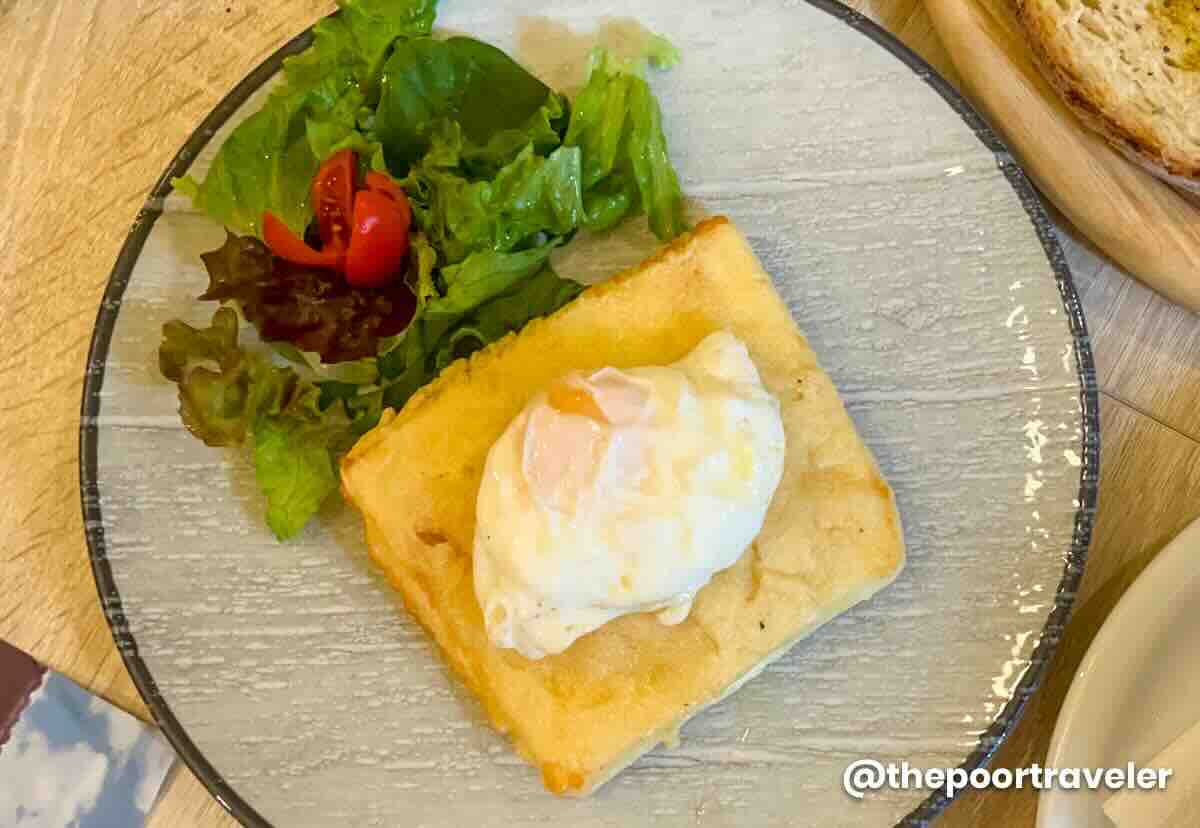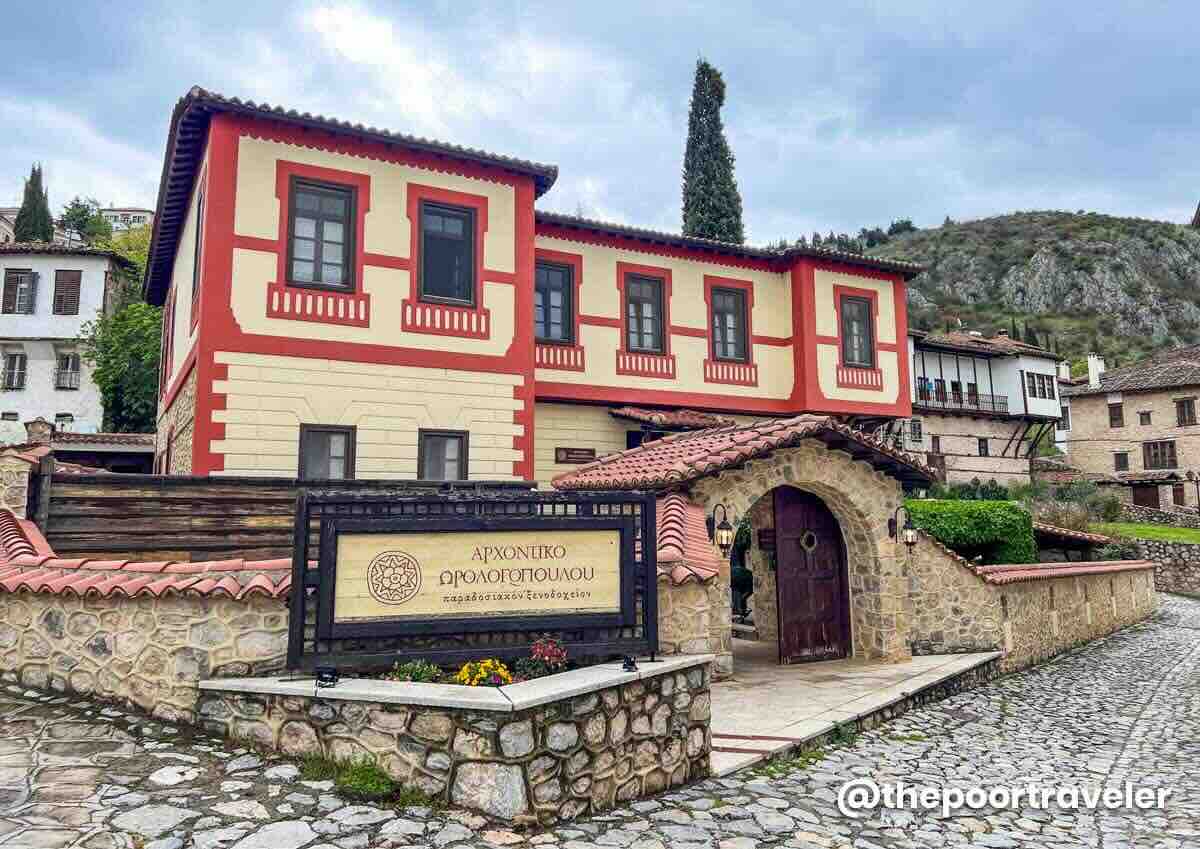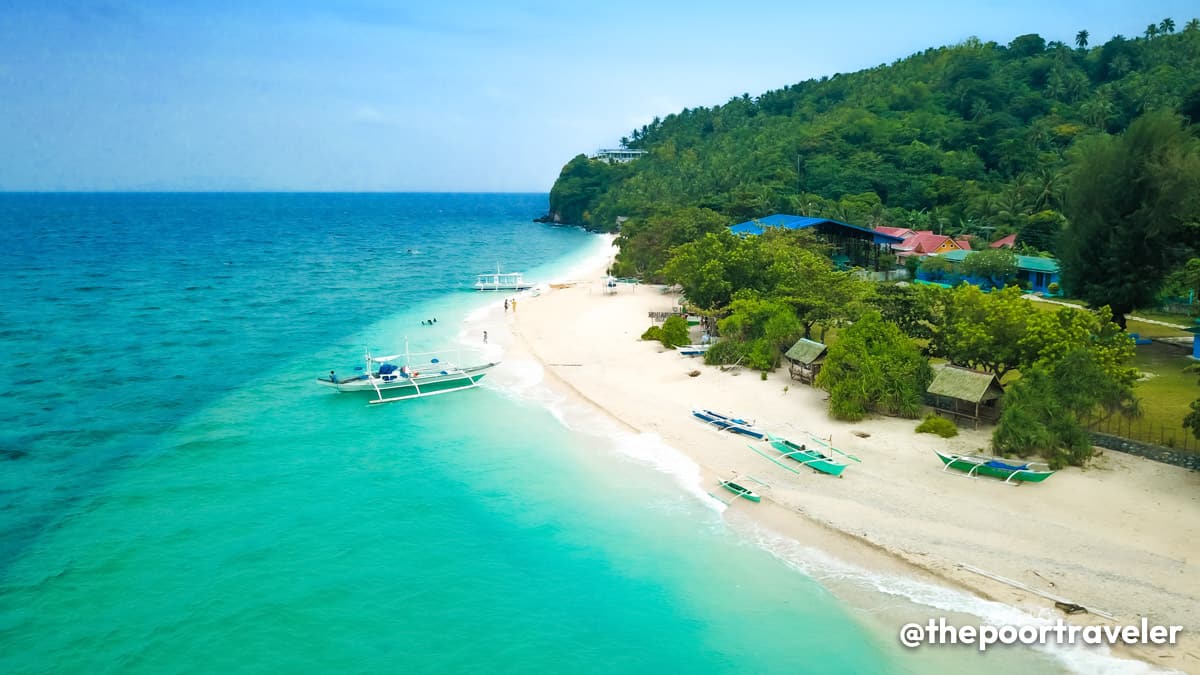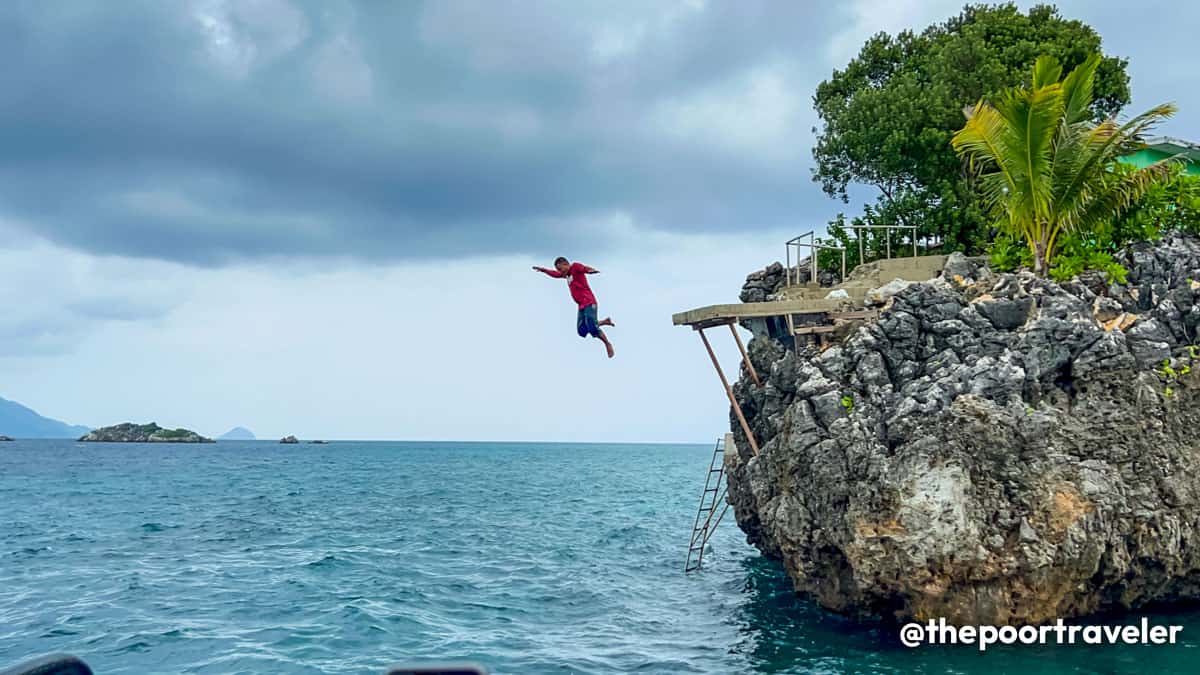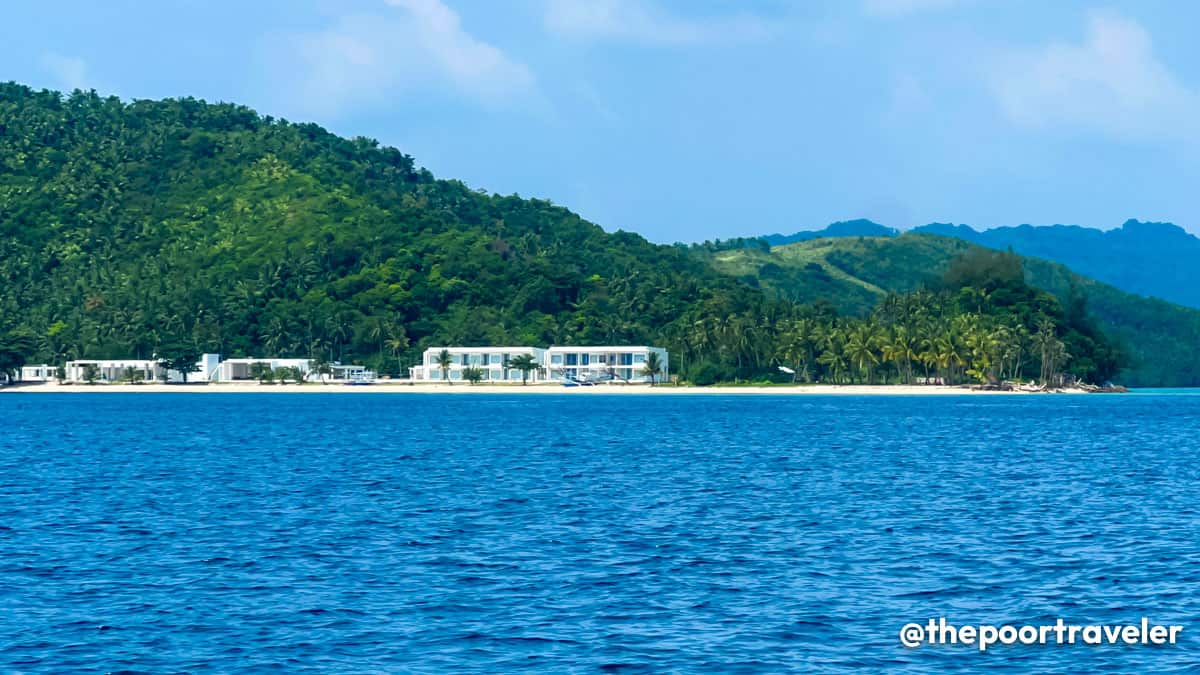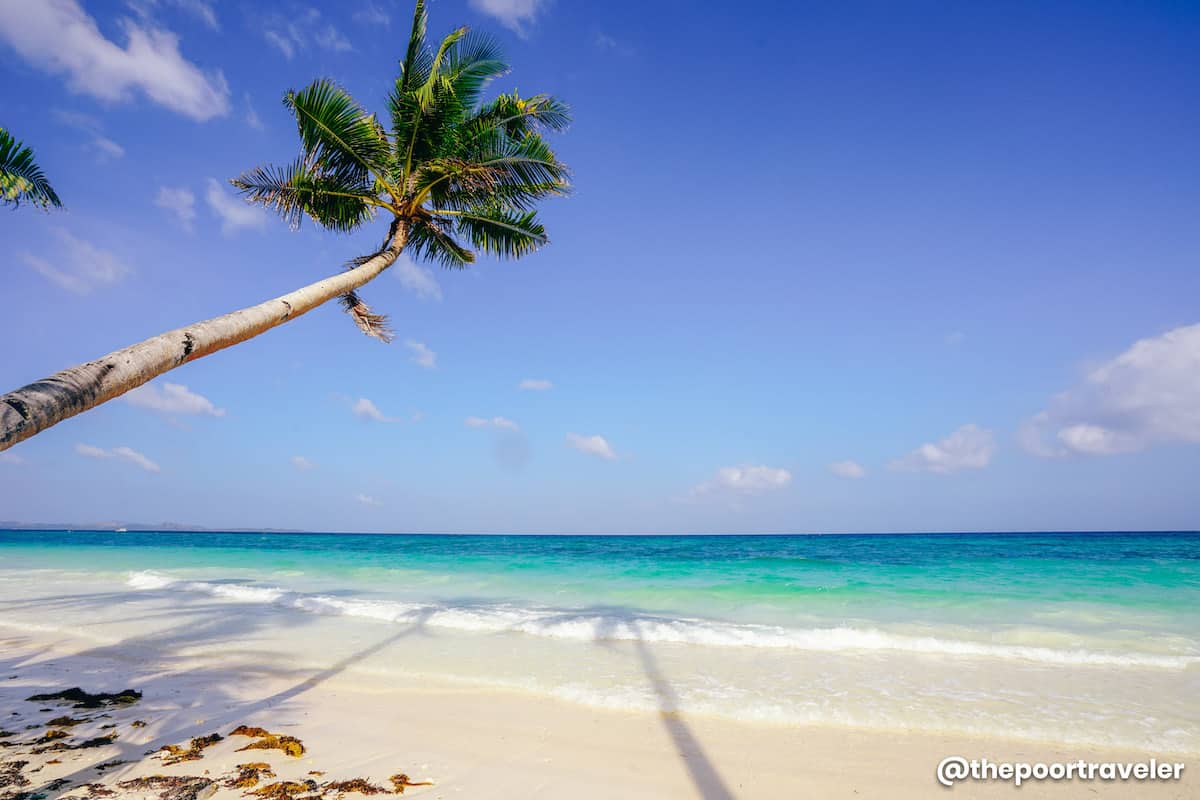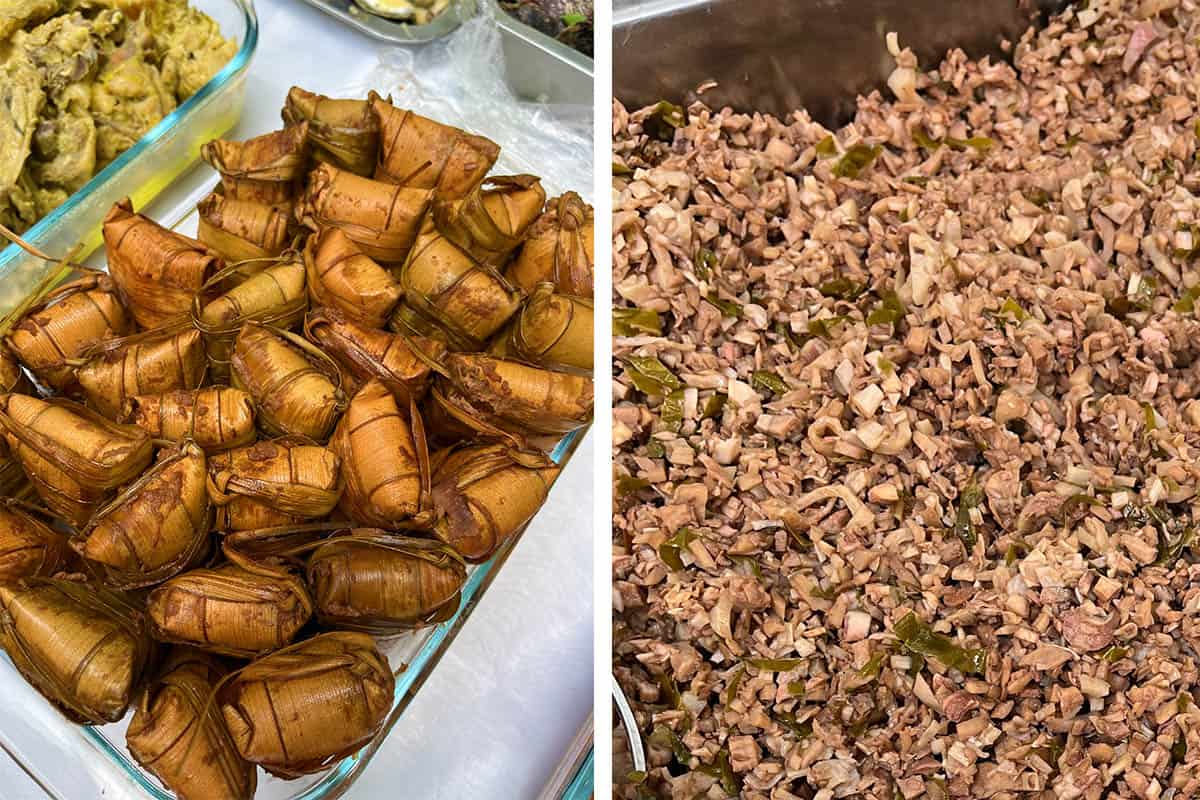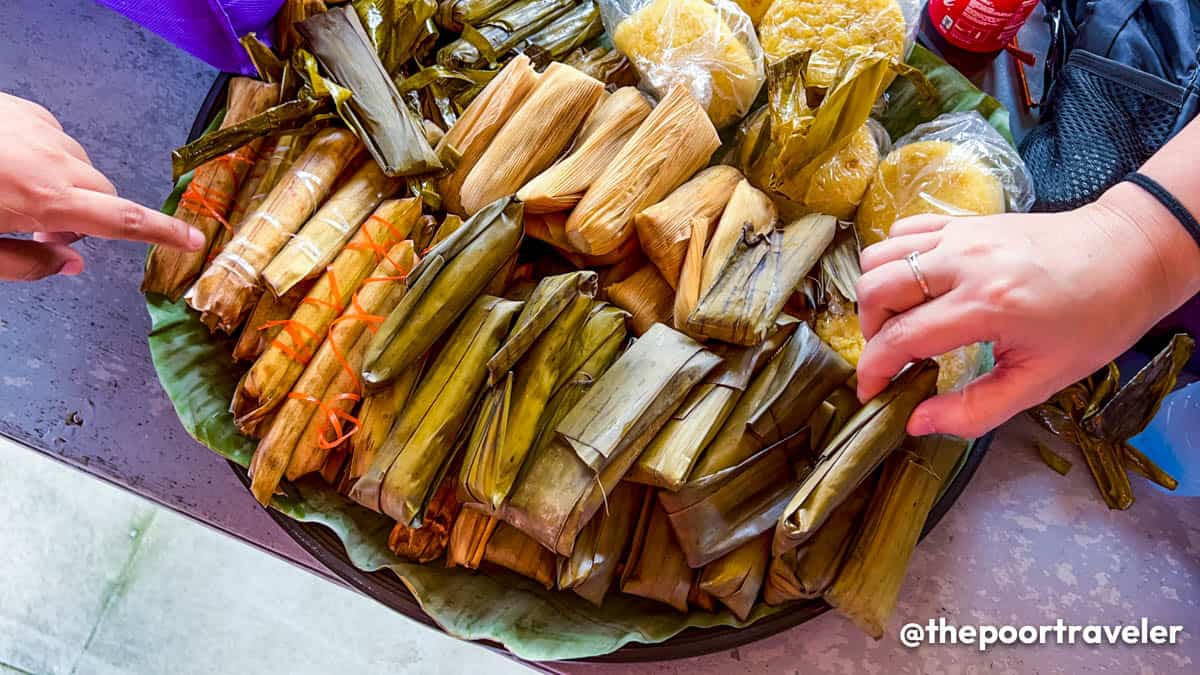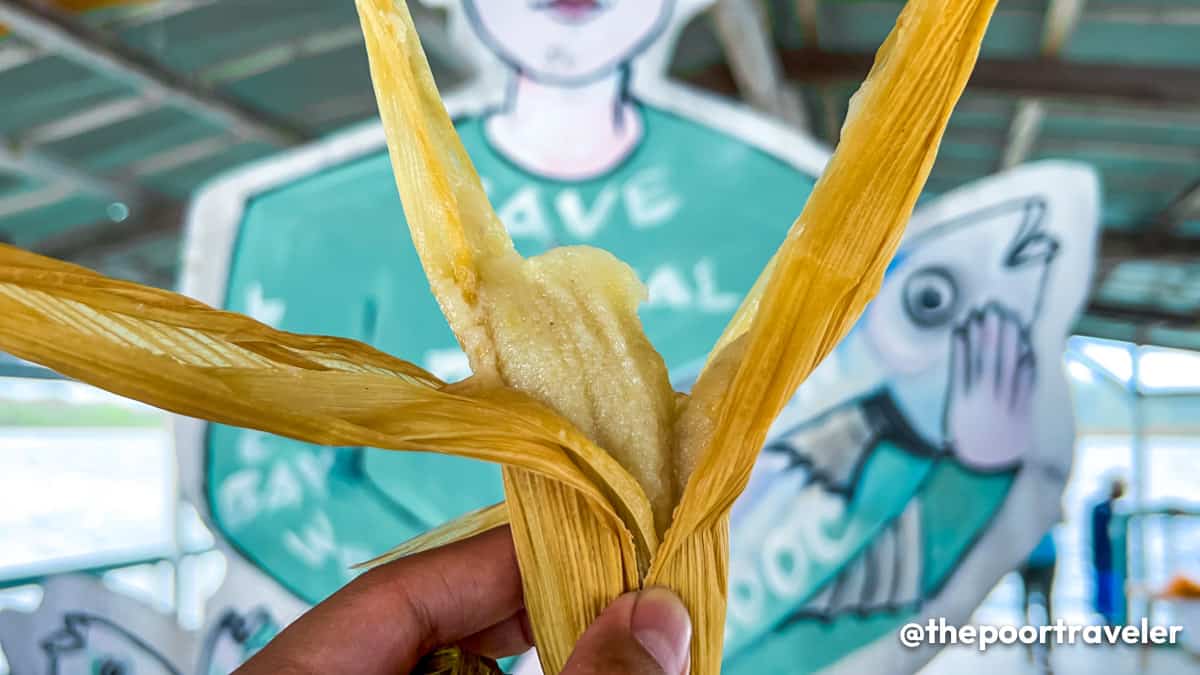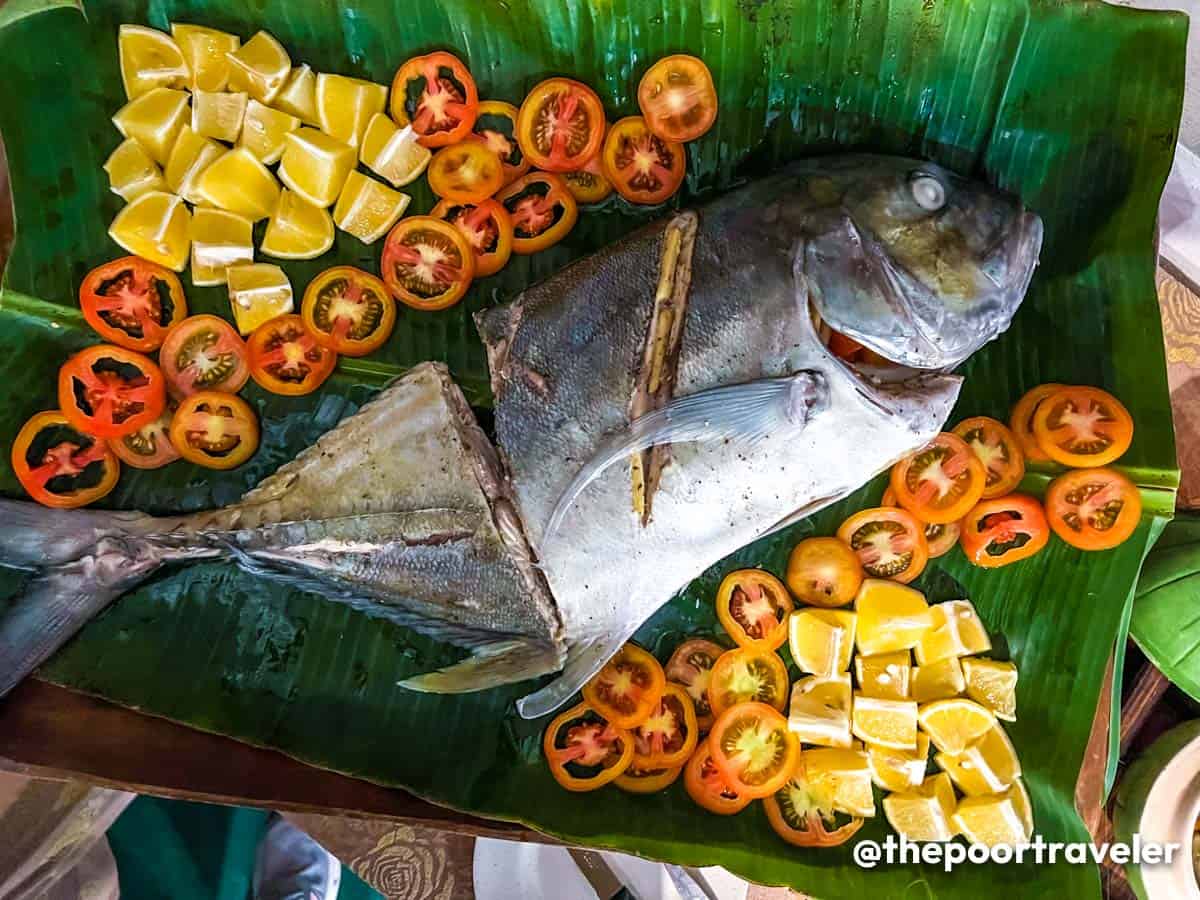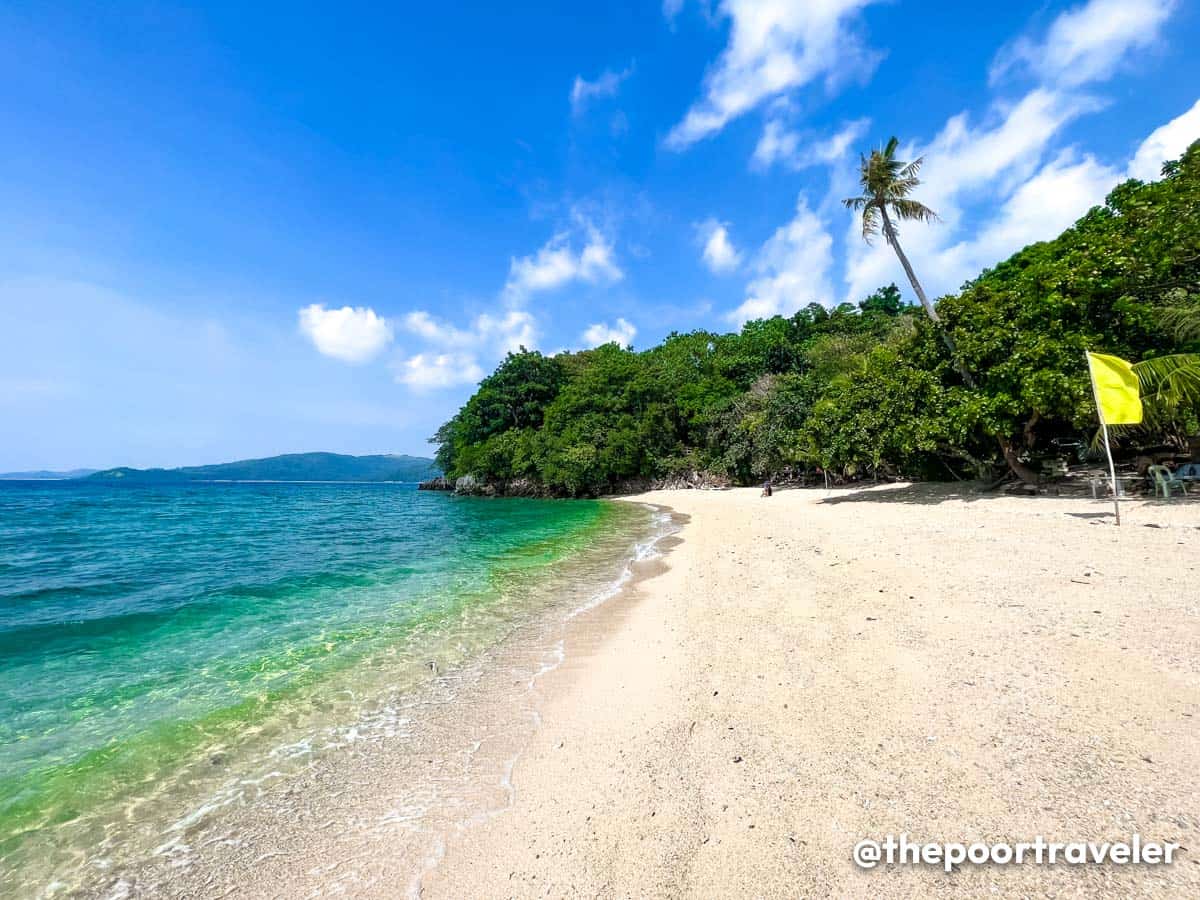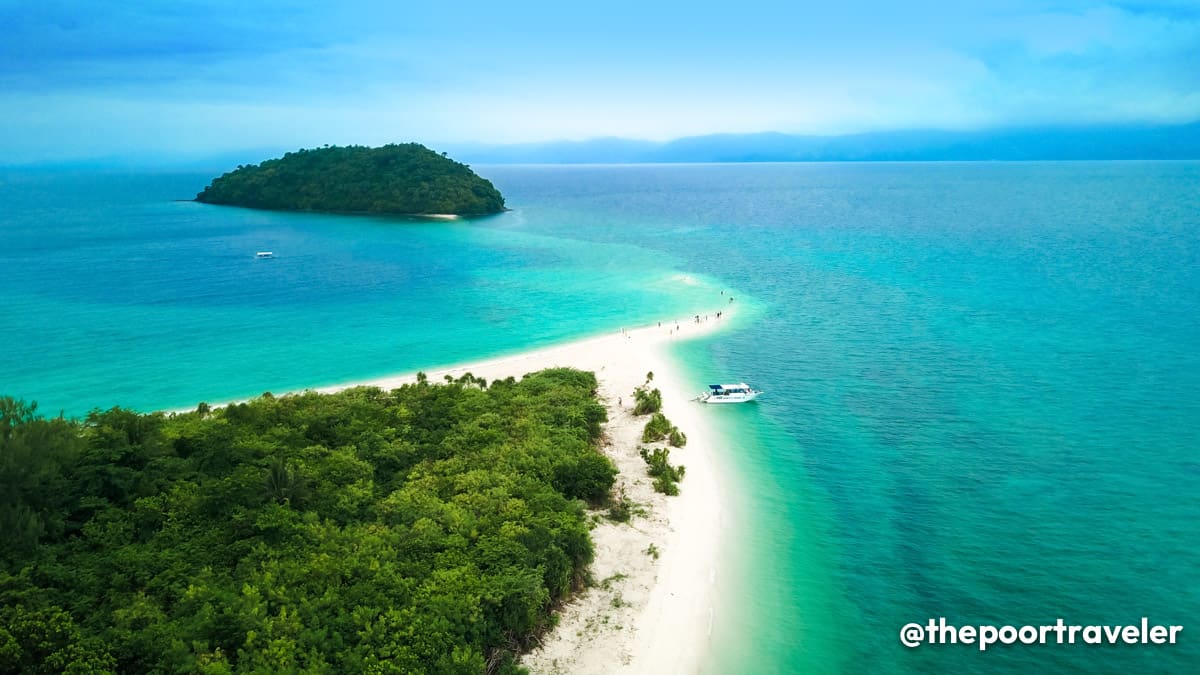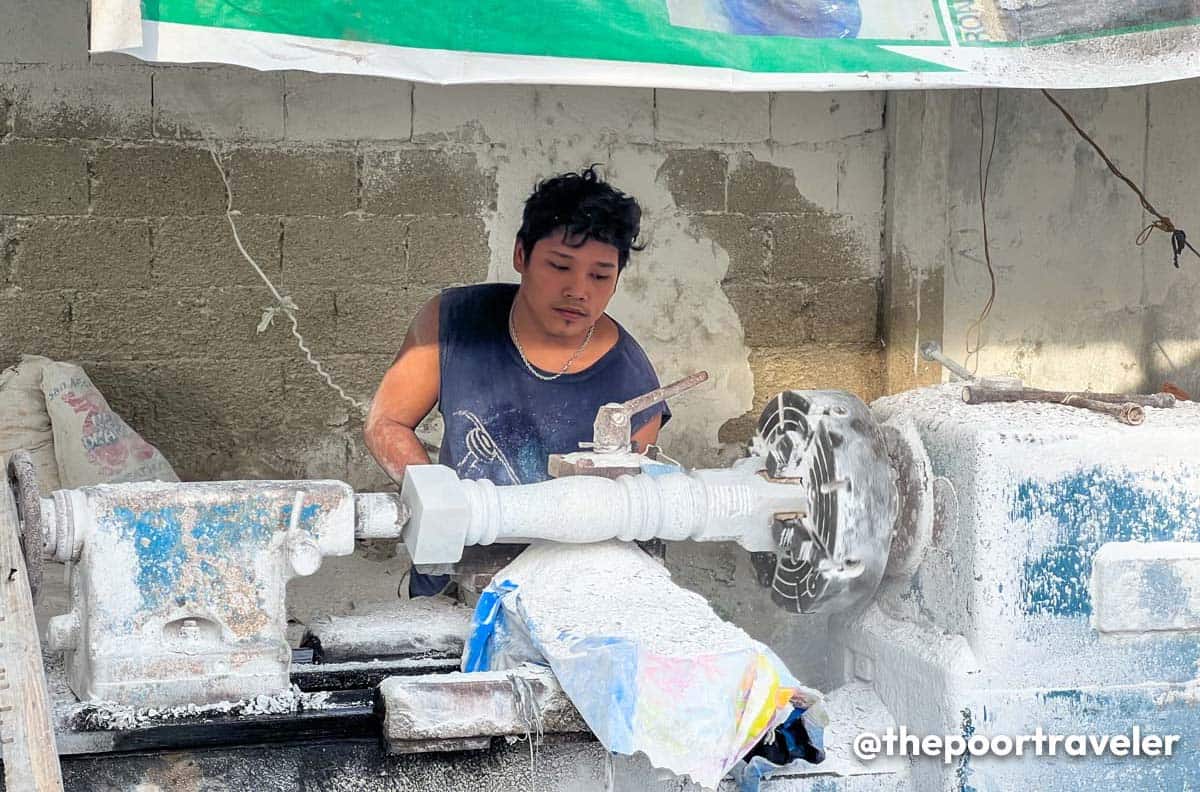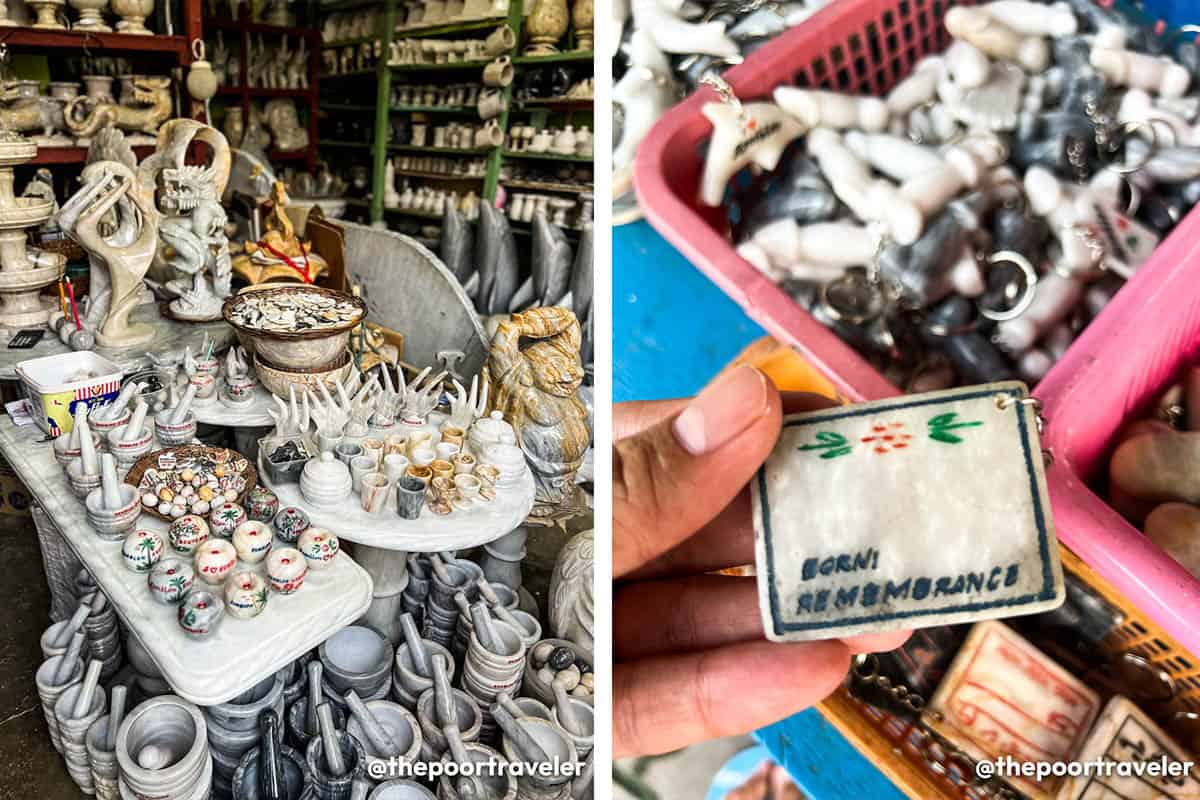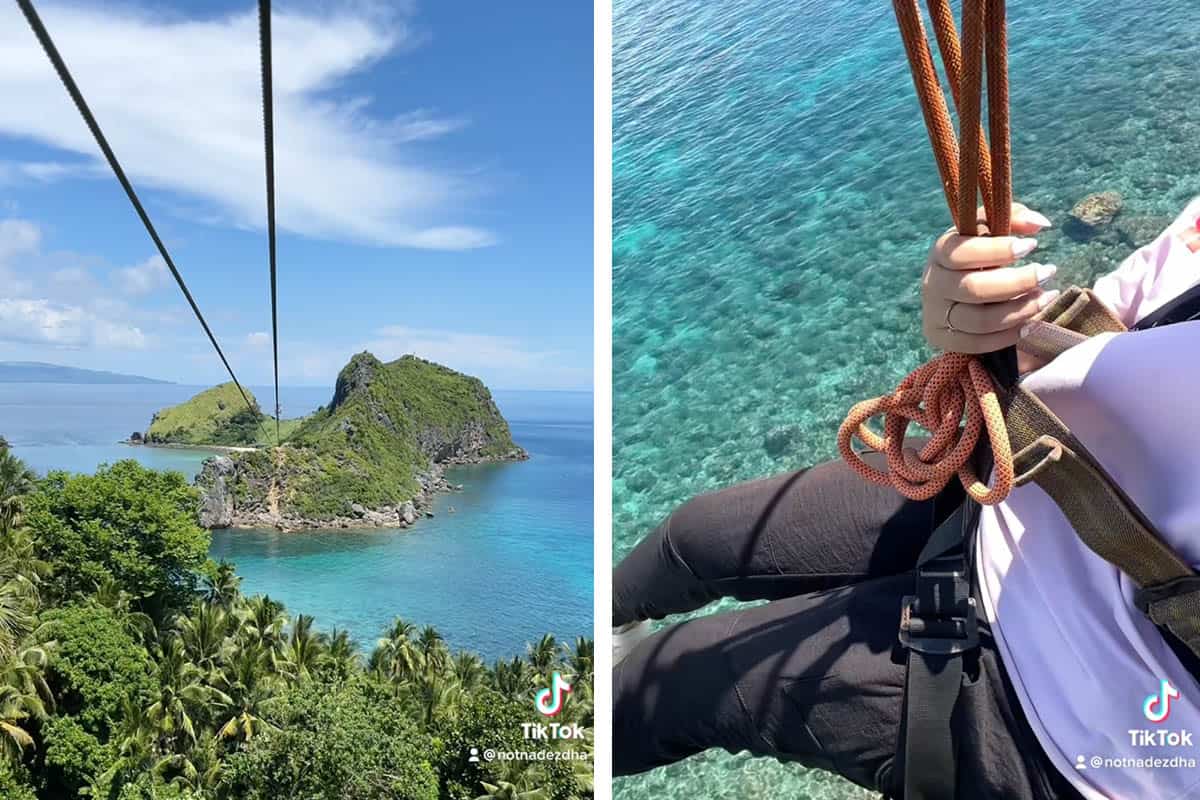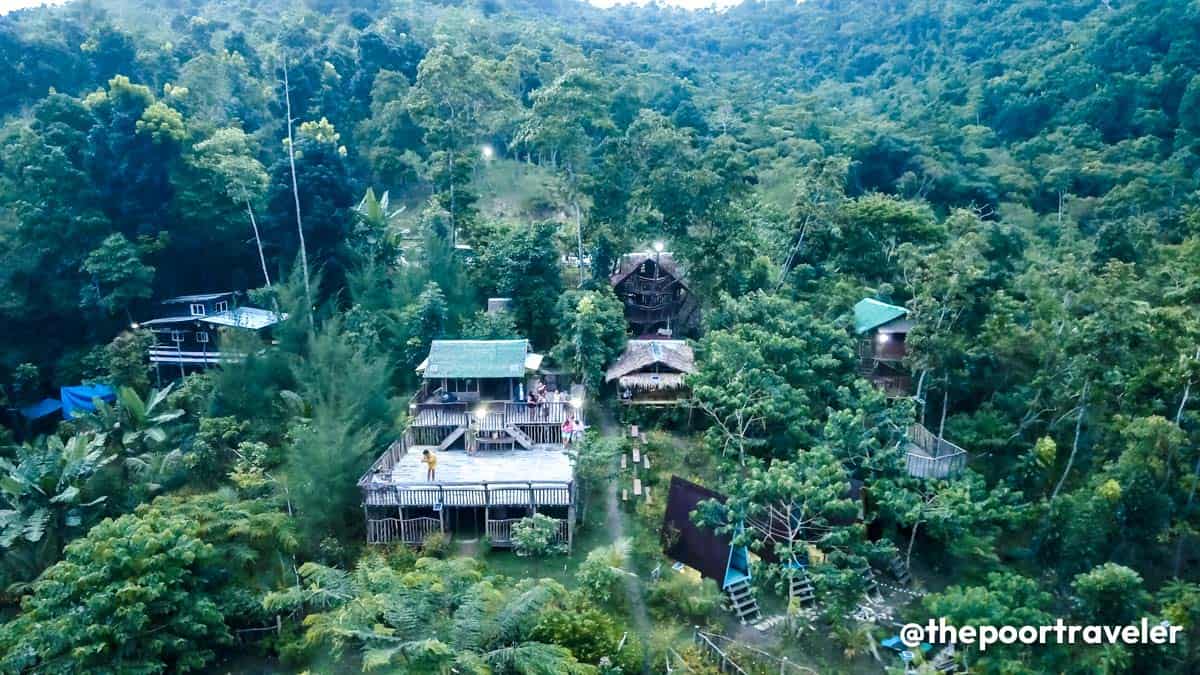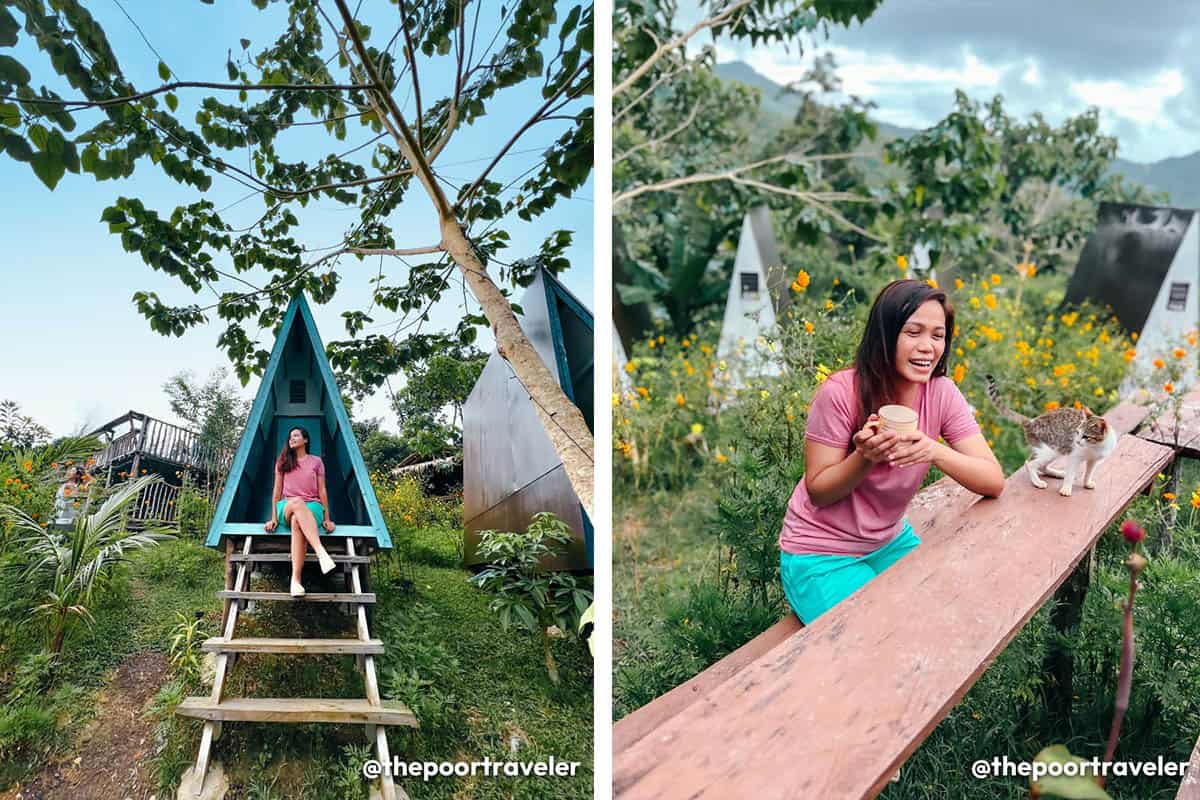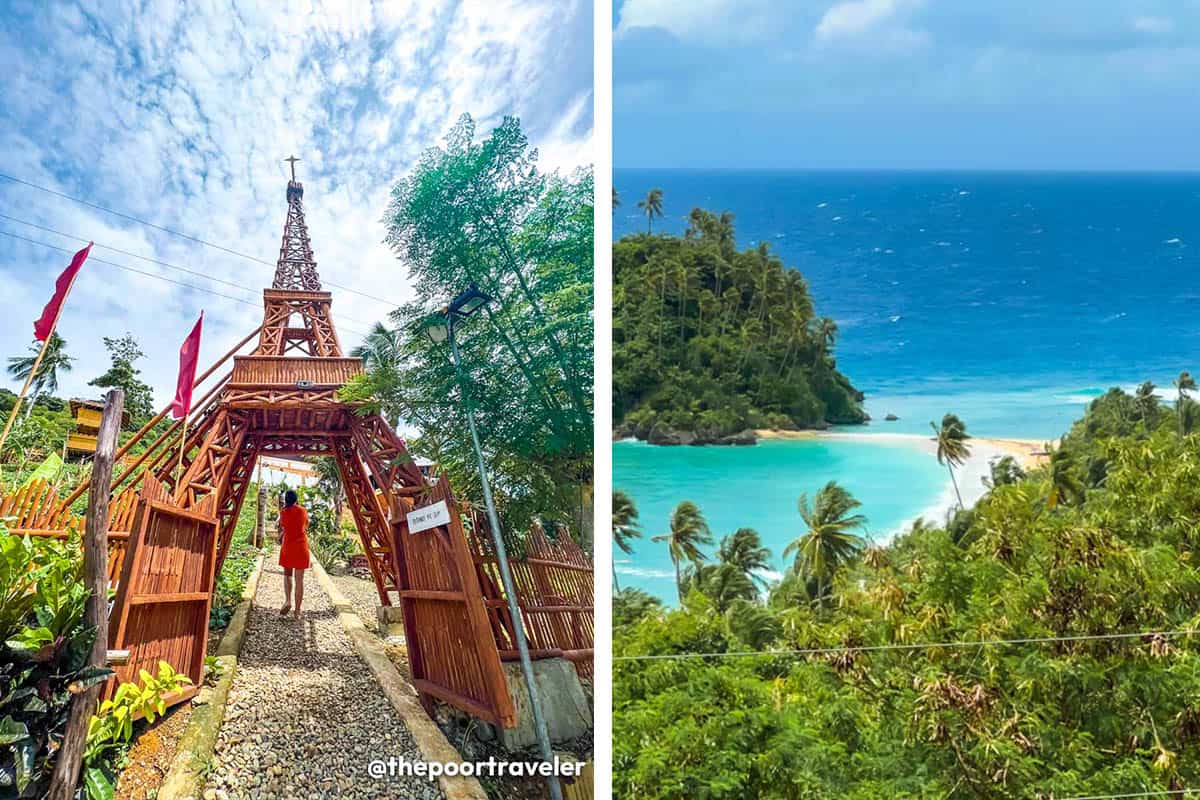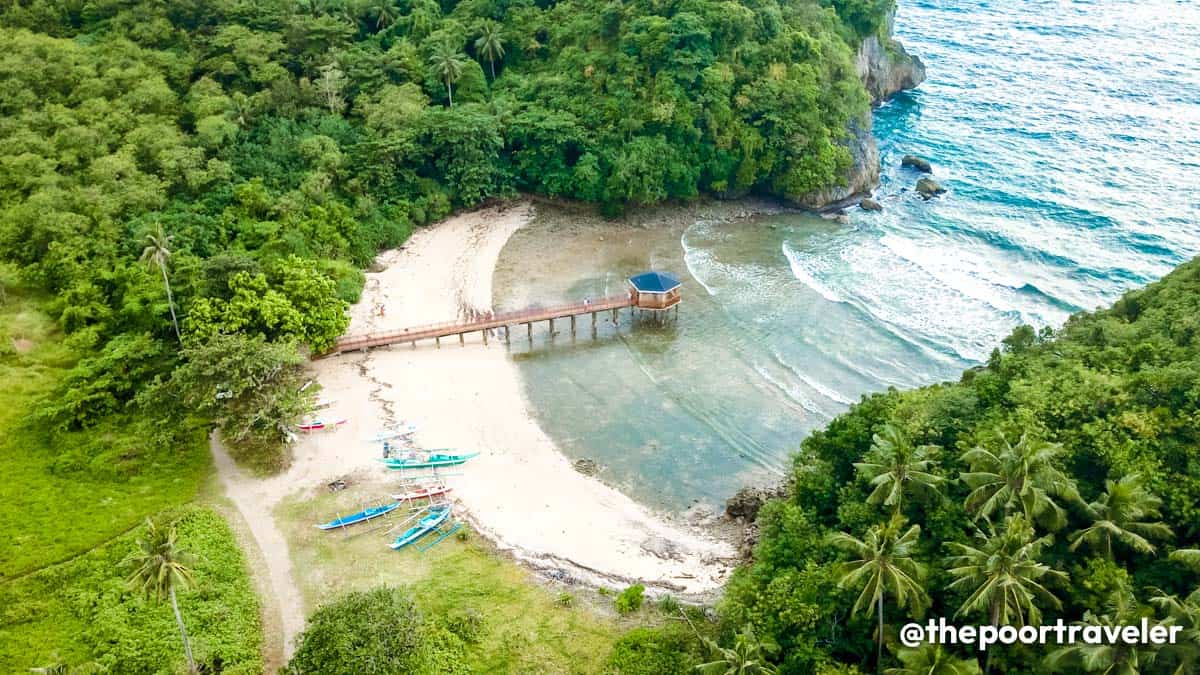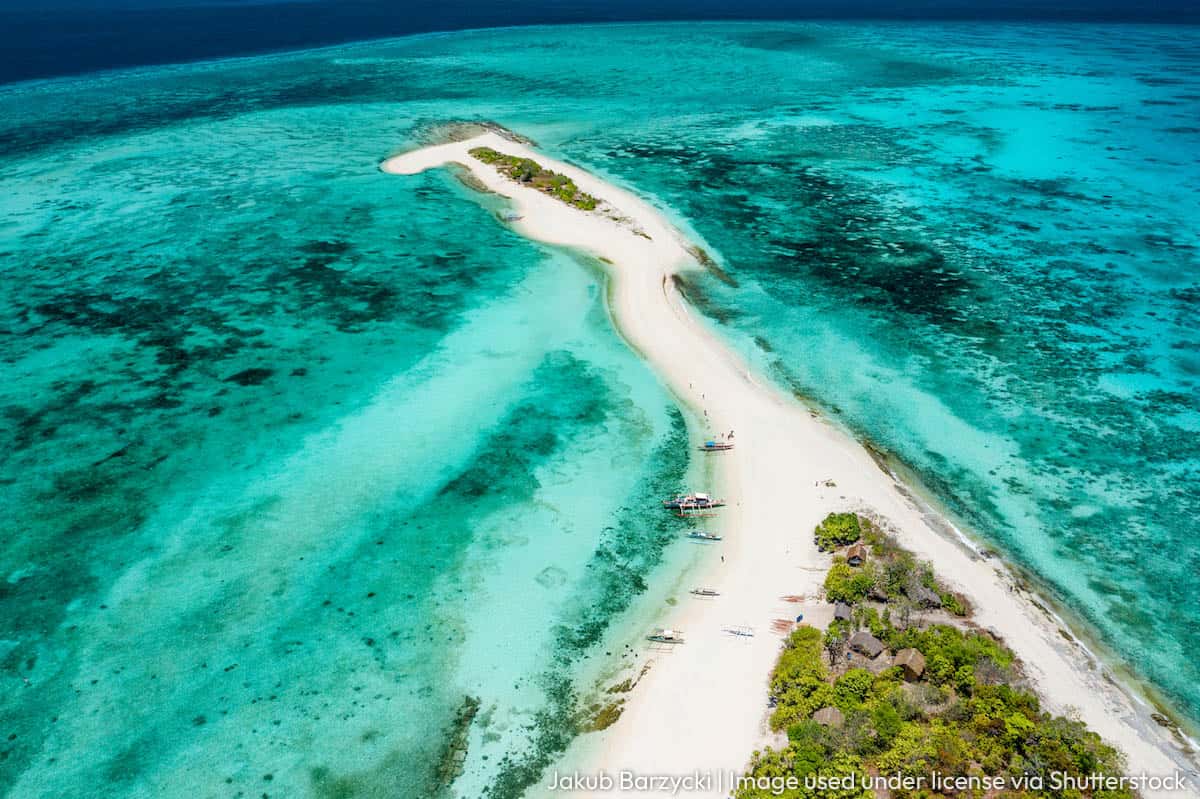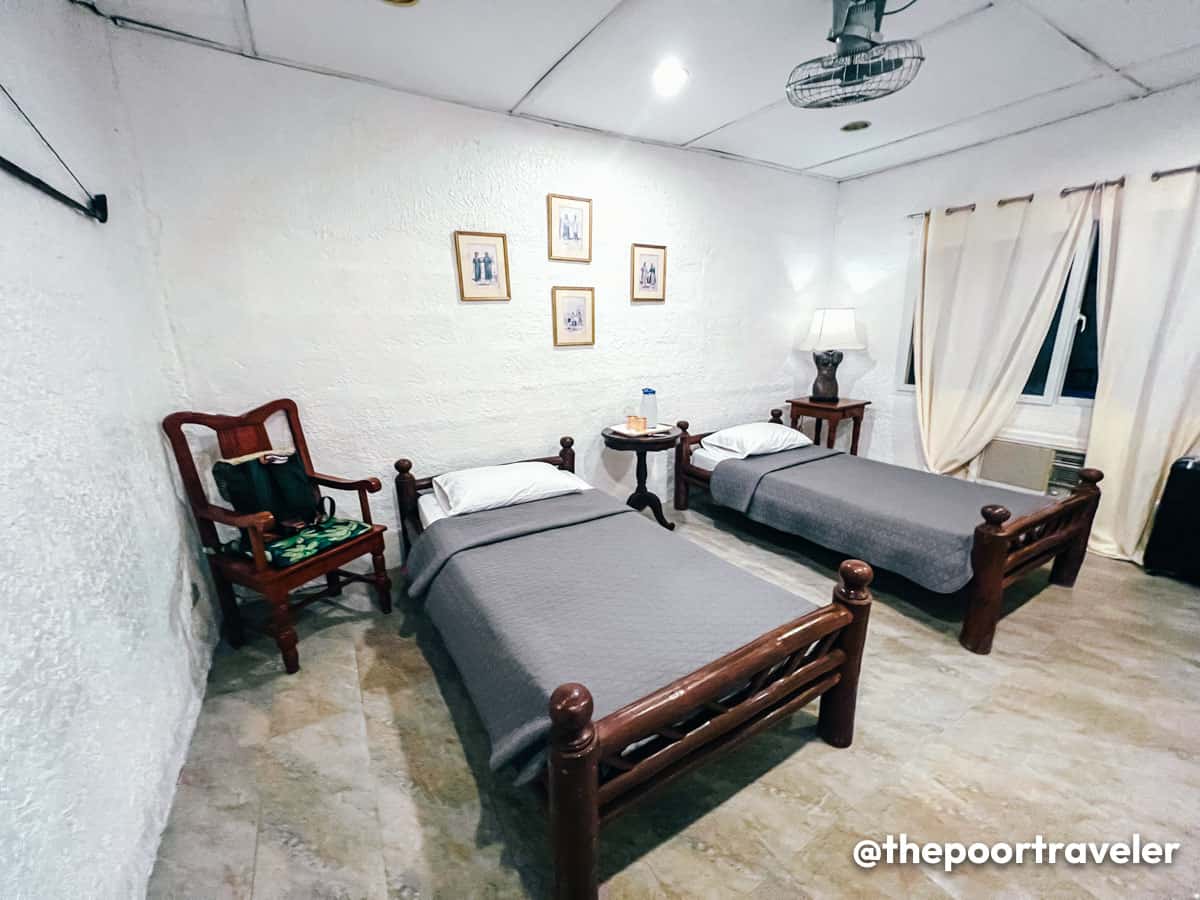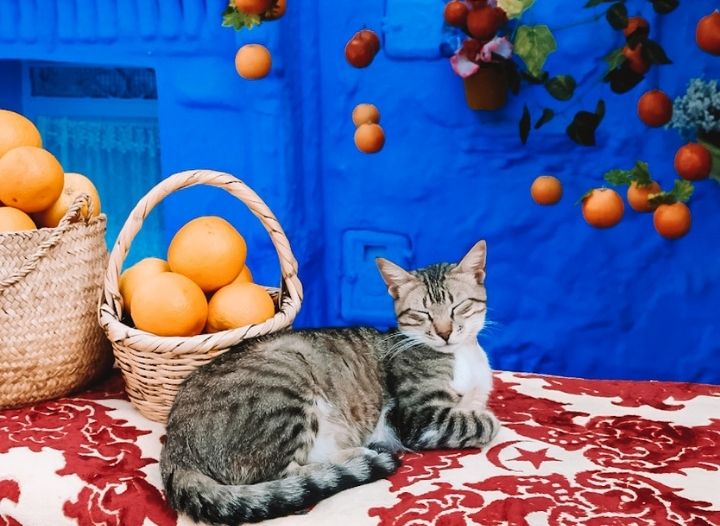Craving inasal and something sweet? Bacolod is waving with a big, welcoming smile! Prepare to indulge not only in signature grilled chicken and irresistible desserts, but also in the rich culture and history. And if you’re up for more, sprinkle in a dash of adventure as you give in to the warm invitation of the Philippines’ “City of Smiles.”
In this article, we’ll take you through the top things to do and tourist spots in and around Metro Bacolod, which covers Bacolod City (the provincial capital of Negros Occidental), Talisay, and Silay. This list also includes other noteworthy attractions in nearby municipalities.
WAIT, WAIT, WAIT! If you have a trip soon, please also visit our The Poor Traveler Masterlist. Here, we compiled travel essentials, including immigration requirements and all our recommended hotels and attractions. Just visit this page: TPT Masterlist. We also have a compilation for other destinations around the world.
BACOLOD CITY
Chicken Inasal
No trip to Bacolod is complete without sinking your teeth into its signature dish — chicken inasal. Treat yourself to the smoky, tangy flavor of original Bacolod inasal.
On our visit in 2017, Manokan Country was the place to be for an authentic experience. It was a complex that housed 24 stalls serving chicken inasal and other grilled delicacies. After serving locals and tourists for over 40 years, it was demolished in February 2025 to give way to a redevelopment project. The original tenants were relocated to SM Bacolod’s North Wing Parking Hub, just across its original site.
Popular restaurants and eateries, which locals swear by, are Aida’s, Nena’s, Lion’s Park, Chicken House, and Sugba Sugba Inasal & Seafood, to name a few. We’ve tried most of them, and we’ll share more details on each of them in a separate food-centric Bacolod article.
If you want to fully immerse yourself in chicken inasal goodness, time your visit in May, when the city celebrates the Bacolod Chicken Inasal Festival.
Sweets & Desserts
Bacolod is a haven for sweet tooth and dessert lovers. With so many cafés and dessert places around the city, you’ll never run out of choices! Swing by local favorites like Calea for their cakes, Felicia’s for their pastries, and Cafe Bob’s for their classic sweet bites.

If dessert hopping is in your itinerary, you’re in the right place! So, go ahead and give in to the tempting array of sugary delights and baked goodies. And, maybe it’s just us, pastries and confections are often much cheaper here compared to Manila! Again, we’ll list down all the cafés and dessert spots we’ve tried and will share more information in a separate article.
Cansi
When in Bacolod, make sure to warm up your belly with cansi! Even in the heat of summer, this Negrense specialty is worth every drop of your sweat. A steaming bowl of cansi is the go-to comfort food of the locals. Its flavor is a marriage between bulalo and sinigang.

Whenever our team visits Bacolod, a stop (sometimes two) at Sharyn’s Cansi House is non-negotiable. Aside from the classic version, we always go for the crispy cansi too. And our tummies always approve!
San Sebastian Cathedral
The 19th-century San Sebastian Cathedral is more than just a religious structure — it’s a historical landmark found in the heart of Bacolod. The original church, built in 1825, was made of wood, but the structure we see today dates back to 1882. It features a coral-stone facade and two bell towers, which underwent reconstruction in the 1960s. The bells have since been relocated to the Centennial Belfry in the churchyard.
Address: 1755 Rizal Street, Bacolod, 6100 Negros Occidental
Opening Hours: Monday to Saturday, 6:00 AM – 7:00 PM; Sunday, 5:00 AM – 8:30 PM
Mass Schedule: For updated schedules, check the official Facebook page of San Sebastian Cathedral.
Bacolod Public Plaza
Just across San Sebastian Cathedral sits the Bacolod Public Plaza, a two-hectare green space where locals love to unwind — whether students hanging out after class, workers taking a breather, or friends and families enjoying the outdoors. It also hosts various events, including the MassKara Festival.
At the heart of the plaza stands the music-themed Bandstand, a gazebo-like structure that serves as the centerpiece. Nearby, you’ll spot the huge “BACOLOD” ground-level marker, where tourists can have their photo ops. You’ll also find the “Welcome Bacolod City” Arch and a couple of fountains.
Address: Rizal Street, Bacolod, 6100 Negros Occidental
Negros Museum
If you want to dive deeper into the region’s culture and history, drop by the Negros Museum. Inaugurated in 1996, it was originally housed in the building now occupied by the Provincial Capitol. In 2003, it moved to its present home — the former Provincial Agriculture Building, a neoclassical building built in 1925.
The museum’s first level usually hosts temporary art exhibits featuring both local talents and foreign artists based in the region. Meanwhile, the second level showcases permanent displays highlighting local history, including the island’s sugar industry, and items that reflect Negrense lifestyle and culture.
Since the museum is privately managed, an entrance fee applies. Walk-ins are welcome!
Address: Gatuslao Street, Bacolod, 6100 Negros Occidental
Opening Hours: Monday to Saturday, 8:30 AM – 4:30 PM
Entrance Fee: Regular, P150; Senior Citizens, P120; Stdents & Children, P120
Capitol Park and Lagoon
Capitol Park lies in front of the Negros Occidental Provincial Capitol — the seat of the provincial government and the core of the Capitol Central, previously named Negros Occidental Provincial Capitol Complex.
Besides the Capitol Building, this verdant urban park is dotted with several other landmarks and attractions, such as the sprawling man-made lagoon flanked by a pair of sculptures, an open-air auditorium, a children’s playground, the Paghimud-os Monument, and the Negros Occidental Kilometer 0 Marker.
On any given day, you’ll find locals jogging, feeding fish, picnicking, or simply hanging out with friends. Expect it to be especially lively on weekends.
Address: Capitol Central, Bacolod, 6100 Negros Occidental
Pasalubong Shopping
Before you leave Bacolod, don’t forget to shop for pasalubong! If you still can’t get enough of the sweets, stock up on Negrense delicacies like napoleones, piaya, and barquillos from BongBong’s and Merczi, two staple names when it comes to Bacolod souvenir shops. You’ll find numerous branches of both shops scattered around Metro Bacolod — even at the airport!
Masskara Festival
If you’re visiting in October, brace yourself for a festive and colorful time as the city celebrates the annual MassKara Festival, one of the biggest cultural festivals in the Philippines! Witness the city abuzz with upbeat music, exciting activities, art and trade exhibitions, vibrant street parades, and of course, a flood of kaleidoscopic smiling masks!
Kick-started in the 1980s, the festival served as the city’s beacon of hope during a tough economic crisis, when sugar, the province’s main source of livelihood, hit rock-bottom prices. What started as a way to uplift people’s spirits has since grown into one of the country’s most anticipated festivals, drawing both local and international tourists.
So, let this celebration fill your trip with fun and excitement. After all, Bacolod is not called the “City of Smiles” for nothing!
Reminder! When planning your visit, remember to check the official Masskara Festival Facebook page for the calendar of events.
TALISAY CITY
The Ruins
The Lacson Ruins, most famously known as The Ruins, is a tangible ode to Don Mariano Lacson’s beloved wife, Maria Braga Lacson. In the early 1900s, the patriarch spearheaded the construction of the mansion on the family’s vast sugar plantation to honor her memory. Don Mariano tapped local engineer Luis Puentevella to work together with one of his sons, Felipe, whom he asked to supervise the construction. The mansion was inspired by Italian architecture, with its Neo-Romanesque columns.
During the early years of the Second World War, local guerrillas were forced to burn the mansion down to prevent the Japanese forces from making it their headquarters. The mansion’s skeletal frame remains standing to this day and is now widely called “The Ruins”.
Today, you can visit and marvel at the former mansion’s architecture and structure. If you’re looking for keepsakes, a gift shop is conveniently located inside. As you wander through the interiors, keep your eyes peeled for these interesting details:

- A-Grade Concrete. This was the material used for the foundations and walls of the mansion.
- Veranda Lighting/Chandeliers. The original electrical pipes were embedded in the ceiling, the same technique we use today, leaving no exposed wires.
- Small Arched Window. This used to connect the kitchen to the dining area for the smooth handling and delivery of food.
- Wooden Floors. The floorings were long-span, two-inch thick hardwood planks, stretching continuously from the main entrance (facing the fountain) to the dining room.
- Floor Tiles. All tiles you see in the mansion are original.
- Belvedere. This used to be an upstairs room facing west — a great spot for the family to view the sunset.
Beyond the mansion, you’ll find an expansive garden with a fountain, a grotto, a café, and The Ruins marker. Near the main entrance lies the beautifully landscaped Marapara Garden, where you can relax and snap more photos. You can also try the fresh sugarcane juice for P100. The stall is located near the entrance, between the café and the mansion’s ruins.

The Ruins is not just a tourist attraction but also a sough-after venue for weddings, photoshoots, and other events.
Address: Don Mariano L. Lacson Highway, Barangay Zone 15, Talisay, 6115 Negros Occidental
Opening Hours: Daily, 9:00 AM – 8:00 PM. This may change, so it’s best to check the official Facebook page for announcements before going.
Entrance Fee: Adults, P150; Senior/PWD, P100; Students, P80; Children (Below 8y/o), FREE.How to Get to The Ruins: From Bacolod City, take a modern/traditional Jeep to Bata. Alight at Acropolis Garden, then hail a tricycle to Octagon Village. Tell the driver you are going to The Ruins. Alternatively, you can just book a Grab ride for P150 – P200.
Campuestohan Highland Resort
About an hour from Bacolod city center, Campuestohan Highland Resort is a popular family-friendly destination in the cool highlands of Talisay. Combining the concepts of a theme park and a mountain getaway, it boasts swimming pools, playgrounds, rides, and zip lines. Officially opened in May 2014, it was recognized by the Department of Tourism in 2023 as one of the top destinations in the region.
The resort park is marked by gigantic structures — the most iconic of which is the Manok ni Cano Gwapo hotel, which bagged the Guinness World Record for the largest building in the shape of a chicken on September 8, 2024. It measures 34.931m in height, 12.127m in width, and 28.172m in length.
You can either do a day trip or stay overnight in one of the cabins. If you’re only going on a day trip and you prefer to travel conveniently, you can book a tour from Klook! This already includes the round-trip transportation between Bacolod and Campuestohan, driver/guide, insurance, and bottled water.
You can use our promo code THEPOORTRAVELERKLOOK for up to P300 OFF or TPTKLOOK5 for up to P500 OFF. These codes might change in the future, so best to just visit thepoortraveler.net/klook to redeem updated discount codes!
Address: Sitio Campuestohan, Barangay Cabatangan, Talisay, 6115 Negros Occidental
Day Trip Hours: Daily, 7:00 AM – 6:00 PM
Day Trip Entrance Fee: Regular (3y/o and above), P20/head; Children (2y/o and below), FREE. This covers the use of the swimming pool and children’s playground.
Overnight Rates and Other Fees: Check the official Facebook Page. As of writing, the rates for day trip cottages, activities/rides, and overnight accommodations are listed in the cover photo.How to Get to Campuestohan Highland Resort: Head to IMART Caltex East, where the terminal for the Campuestohan Shuttle services is located. The fare is P90 per person. Travel time is about an hour. Check the resort’s Facebook page for the updated trip schedules.
SILAY CITY
Silay Ancestral Houses

If you are flying to Bacolod, chances are you’ll first set foot in Silay, since the airport is situated here. You might as well explore the city, right? Silay is like a living open-air museum, with its remarkable collection of well-preserved ancestral houses and historical landmarks.
Walking the streets of Silay, especially the city center, gives you a glimpse of the opulent lifestyle of sugar barons in the early 1900s. In fact, more than thirty ancestral houses have been declared historical landmarks, making Silay a worthy destination for history enthusiasts. Here’s a list and map from the official Silay Tourism Office Facebook page. On our last visit, we were short on time, so we only managed to see the following:

- Balay Negrense Museum, or Victor Fernandez Gaston Ancestral House. The Gaston family lived here from 1901 to 1927. It was inaugurated as the Balay Negrense Museum on October 6, 1990, and later declared a National Historical Landmark by the National Historical Institute in 1994. Since 2023, the museum has been temporarily closed for renovation.
- Bernandino Lopez Jalandoni Ancestral House (Museum). Completed in 1908, it was declared a National Historical Landmark on November 6, 1993. Entrance Fee: Regular, P150. Opening Hours: Tuesday to Sunday, 9:00 AM – 5:00 PM.
- Manuel Severino Hofileña Ancestral House (Museum). Built in the 1930s, it was the first house in Silay to open its doors to the public back in 1962. It was inscribed as a National Historical Landmark on April 6, 1993. Entrance Fee: Regular, P150. Opening Hours, Tuesday to Sunday, 9:30 AM – 4:00 PM.
- Cesar Lacson Locsin Ancestral House (El Ideal)
- Josefita Tionko Lacson Ancestral House
- Manuel De La Rama Locsin Ancestral House
- Carlos Arceo Ledesma Ancestral House
- Kapitan Marciano Montelibano Lacson Ancestral House
- Maria Ledesma Golez Ancestral House
- Generoso Reyes Gamboa Ancestral House
- Digna Locsin Consing Ancestral House
- Teodoro Pig-ao Morada Ancestral House
- Benita Hara Ancestral House
- Herardo Sigaton Gaston Ancestral House

Next time, we’ll make it our goal to complete the list. Some of the houses, particularly those along Rizal Street, are leased to businesses. Other notable buildings on the main road are:

- Cine Silay
- Lino-Lope Severino Building
How to Get to Silay City: From Bacolod city center, take a modern/traditional jeep (via Bata, Mandalagan, or Northbound) to the North Bus Terminal (P15-20). Then, take a Ceres bus to Silay (P35). Alternatively, if you want to travel conveniently, you can just book a Grab for around P350.
Cinco de Noviembre
This historical marker commemorates the Negros Revolution, also known as Cinco de Noviembre, which ended Spanish rule on the island in 1898. The Farmacia Locsin, which used to stand on this site, served as the secret headquarters of the natives who plotted the revolution, which led to the establishment of a short-lived republic governed by the Negrense people. The republic came to an end in February 1899 with the arrival of the American forces.
The marker also bears the names of the revolutionary leaders:
- Nicolas Golez
- Leandro Locsin
- Timoteo Unson
- Melecio Severino
- Vicente Gamboa
- Olympia Severino
Address: Cinco de Noviembre Street, Silay City Heritage Zone, Silay, 6116 Negros Occidental
San Diego Pro Cathedral
The San Diego Pro-Cathedral stands as a testament to Silay’s deep Catholic heritage. It is the only domed church in Negros Occidental and the only pro-cathedral outside Metro Manila, making it a must-visit landmark in the city. Its designation as a pro-cathedral was made official in December 1994.
The present Romanesque structure was completed in 1927 through the initiative of sugar baron Don Jose Ledesma, who also employed Italian architect Lucio Bernasconi to design the church.
Address: Zamora Street corner Rizal Street, Silay City Heritage Zone, Silay, 6116 Negros Occidental
Opening Hours: Monday to Saturday, 6:00 AM – 6:00 PM; Sunday, 5:00 AM – 7:00 PM
Mass Schedule: For updated schedules, check the official Facebook page of San Diego Pro-Cathedral.
El Ideal
Housed in Cesar Lacson Locsin Ancestral House, El Ideal is the oldest bakery in Silay. It still serves homemade products and other local delicacies, including their signature guapple pie — a combination of guava and apple pie. You can also buy pasalubong here!
Address: 118 Rizal Street, Silay City Heritage Zone, Silay, 6116 Negros Occidental
Opening Hours: Daily, 8:00 AM – 6:30 PM
If you want to cover the highlights of Metro Bacolod in one go, you can book a tour via Klook!
This includes entrance fees, lunch, bottled water, guide/driver, basic insurance, and round-trip transfers. The stops include:
- Provincial Capitol Building & Lagoon
- Balay Negrense
- Ramon Hofileña Ancestral Home
- Silay Pro Cathedral and Mini Ruins
- Lunch at Manokan Country or Balaring Floating Restaurant
- Cinco De Noviembre Mark Point
- Bernardino Jalandoni Museum
- Balay ni Tana Dicang
- El Ideal Bakery
- The Ruins
DAY TRIP FROM BACOLOD
Mambukal Hot Springs

Mambukal Resort & Wildlife Sanctuary is geographically situated in the municipality of Murcia, but is governed and managed by the Negros Occidental Provincial Government. Nestled at the foot of Mount Kanlaon, the resort is famous for its therapeutic hot springs.
The highlights are the Warm Sulfur Dipping Pool, the Japanese Ofuro, and the nearly century-old Ishiwata Bathhouse (built in 1927), which won a Pillar Award at the 1st Philippine Tourism Awards (PTA) of the Department of Tourism (DOT) on September 8, 2025. The bathhouse is temporarily closed for renovation.

Other attractions include seven waterfalls, a boating lagoon, a kiddie and adult pool, and a small pool. You’ll also find amenities, such as camping grounds, picnic areas, Convention Hall & Hotel, Spa Natura, food park, day trip huts, overnight accommodations, and a clinic.
Mambukal is about an hour away from Bacolod City, with direct buses from Libertad. If you are a big group and traveling with kids and elderly people, consider booking a tour with Klook! This is inclusive of round-trip transfers, insurance, local guide/driver, and entrance fee.
Address: Barangay Minoyan, Murcia, 6129 Negros Occidental
Day Trip Hours: Daily, 7:00 AM – 8:00 PM
Entrance Fee: Adults, P140/head; Children (11y/o and below), 80. The rates already include the 20-peso environmental fee and the use of the swimming pools and the dipping pool. If you want to access the Japanese Ofuro, you need to pay an additional P100 per person.
Overnight Rates and Other Fees: Check the official Facebook Page for the updated rates.How to Get to Mambukal Resort: Make your way to the Mambukal – Bacolod Bus Terminal in Libertad. It’s across Savemore Libertad. Board a bus bound for Mambukal. The bus stops right at the entrance gate of the resort. The fare is P60 per head, and the travel time is over an hour.
Note: The last trip for the bus heading back to Bacolod City is 5PM.
Don Salvador Benedicto
Looking for mountain views and pine trees just 40 minutes from Bacolod City? Welcome to Don Salvador Benedicto, the Summer Capital of Negros Occidental! Our friend, Mark Roa, who hails from Bacolod, suggested this destination when we asked for recommendations. Sadly, we couldn’t squeeze it into our last trip due to time constraints, but that gives us the perfect excuse to visit again! Have you been here? We’d love to hear your thoughts in the comments.
WHERE TO STAY IN BACOLOD
The capital of Negros Occidental, Bacolod City makes an excellent base for exploring Metro Bacolod and its neighboring towns. It offers a wide range of accommodations across different budgets and types, so you’ll never run short of options. Here are some of the top-rated hotels in Bacolod City according to online traveler reviews.
🔥🔥🔥 Use AGODATPT for 10% off on select hotels! 🔥🔥🔥
The Poor Traveler readers and followers can now use a special discount code to score 10% discount, up to USD 100 (roughly PHP 5700)! To apply and avail of the promo code, visit AGODATPT Promo Code.
Search for Bacolod Hotels!
Updates Log
2025 9 15 – First uploaded
